I need to make sure each idea is unique, practical, and includes the core subject (basement bedroom/basement/bedroom) in the headings and content. I'll use varied sentence starters and engaging opening sentences as requested.
Let me write this comprehensive guide now.Transforming a basement into a cozy bedroom opens up exciting possibilities for your home. Whether you're creating a guest retreat, designing a teenager's sanctuary, or adding valuable square footage, basement bedrooms offer unique opportunities to maximize your living space. With proper planning and creative design choices, these below-grade spaces can become some of the most comfortable and inviting rooms in your home. Modern basement bedrooms combine practical solutions with stylish design elements to overcome common challenges like limited natural light, moisture concerns, and low ceilings . The key lies in understanding how to work with your basement's unique characteristics while incorporating smart storage, effective lighting, and moisture-resistant materials that create a welcoming atmosphere for rest and relaxation.
1. Luxury Vinyl Plank Flooring for Basement Bedrooms
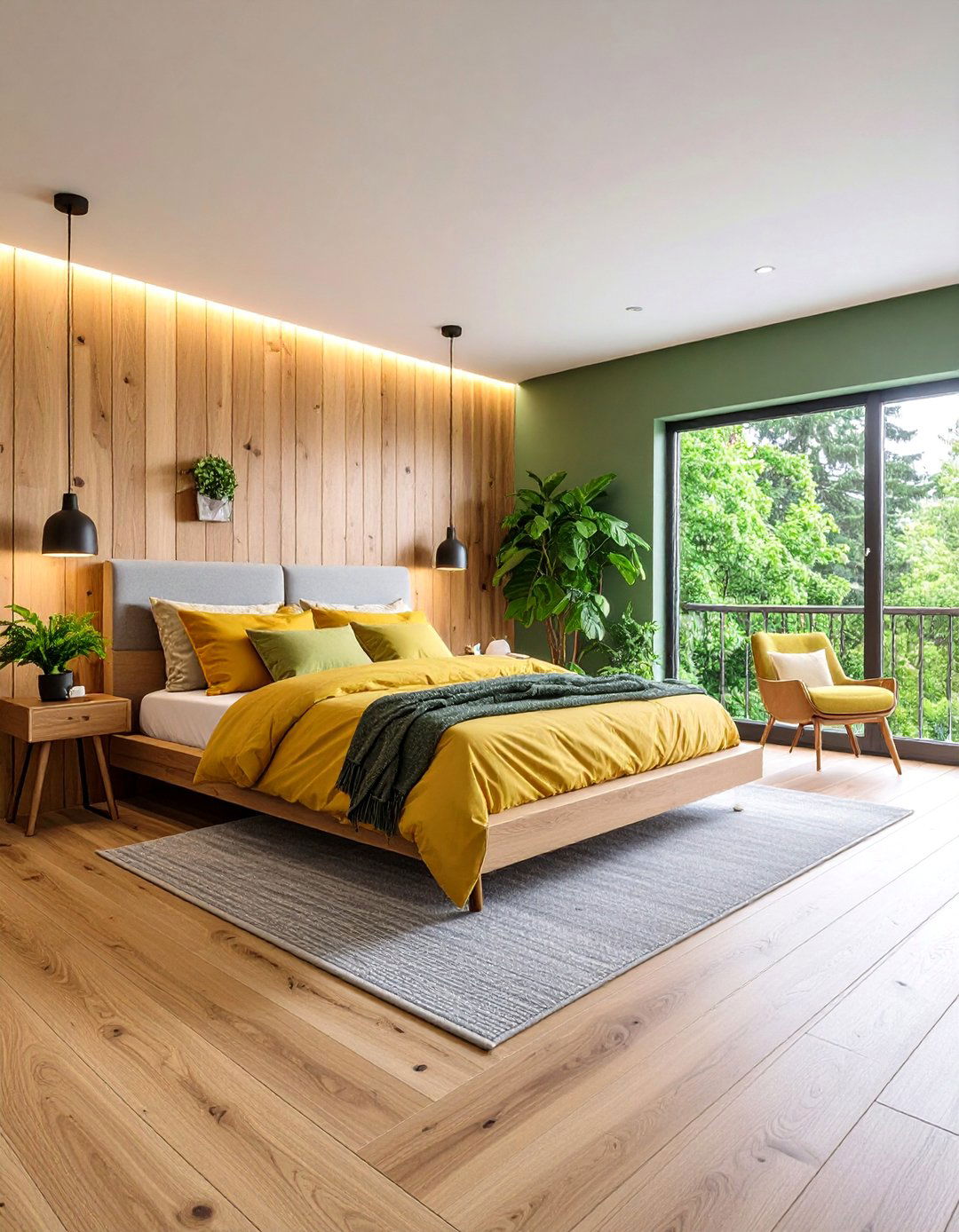
Luxury vinyl plank flooring stands out as the top choice for basement bedrooms due to its 100% waterproof properties and realistic wood appearance . This flooring solution handles moisture exposure for up to 72 hours without damage, making it ideal for below-grade installations. The planks install with a simple click-lock system, allowing for easy replacement of individual pieces if needed. Modern vinyl options offer authentic wood textures and colors that rival traditional hardwood while providing superior moisture resistance . Choose luxury vinyl planks with attached underlayment for added warmth and comfort underfoot. The durability of this flooring makes it perfect for high-traffic basement bedrooms while maintaining an elegant appearance that complements any design style.
2. Basement Bedroom Lighting with Layered Illumination
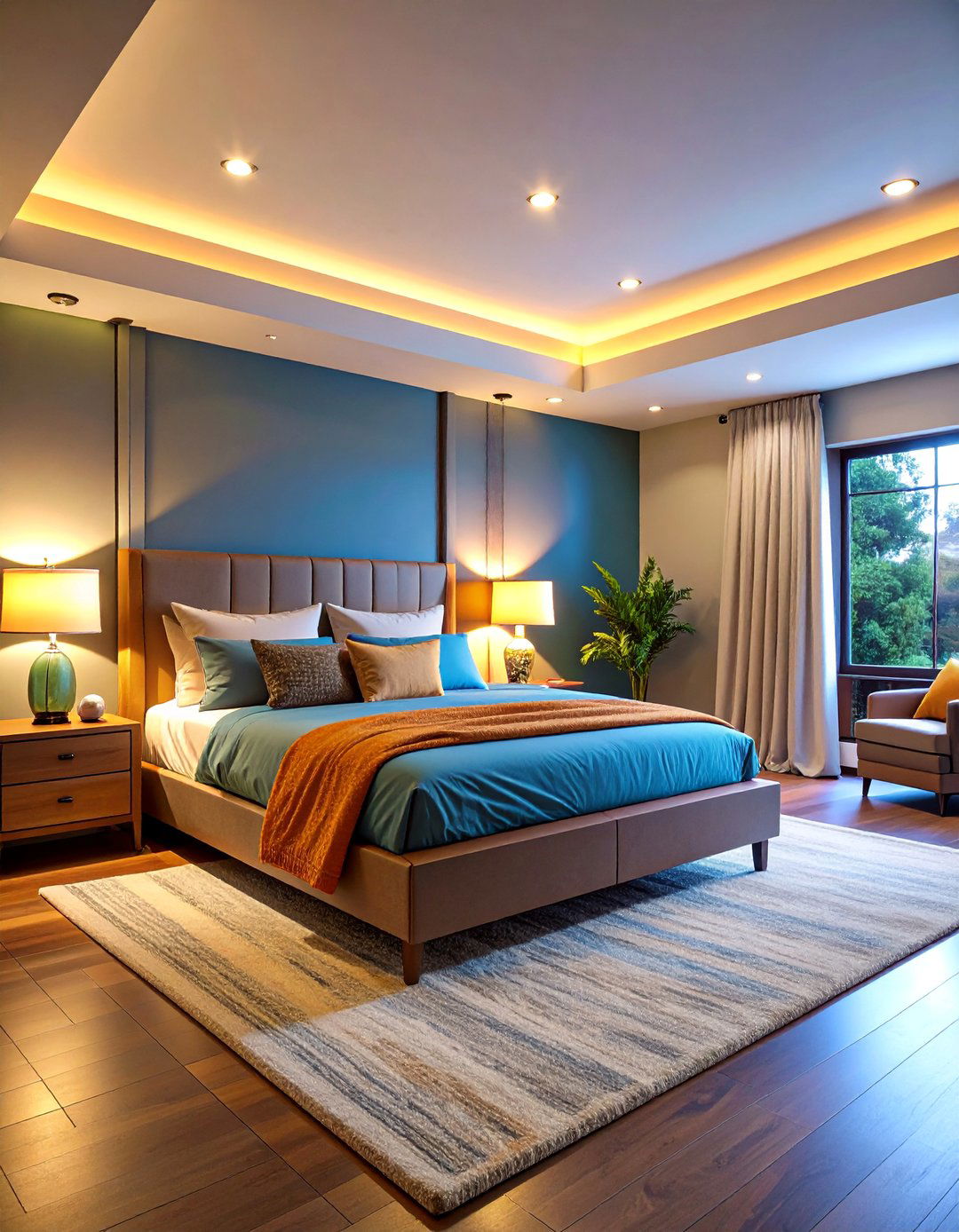
Creating effective basement bedroom lighting requires combining ambient, task, and accent lighting to overcome the lack of natural light . Start with recessed LED lights spaced appropriately for your ceiling height – typically four feet apart for eight-foot ceilings. Add wall sconces flanking the bed for reading light, and incorporate table lamps for warm ambient lighting. Dimmer switches provide flexibility to adjust lighting intensity for different activities and moods . Consider installing LED strip lights behind the headboard or along ceiling coves for a modern accent. Floor lamps in corners help eliminate shadows and create a cozy atmosphere. The key is avoiding harsh overhead lighting while ensuring adequate illumination for safety and comfort in your basement bedroom.
3. Moisture-Resistant Storage Solutions for Basement Bedrooms
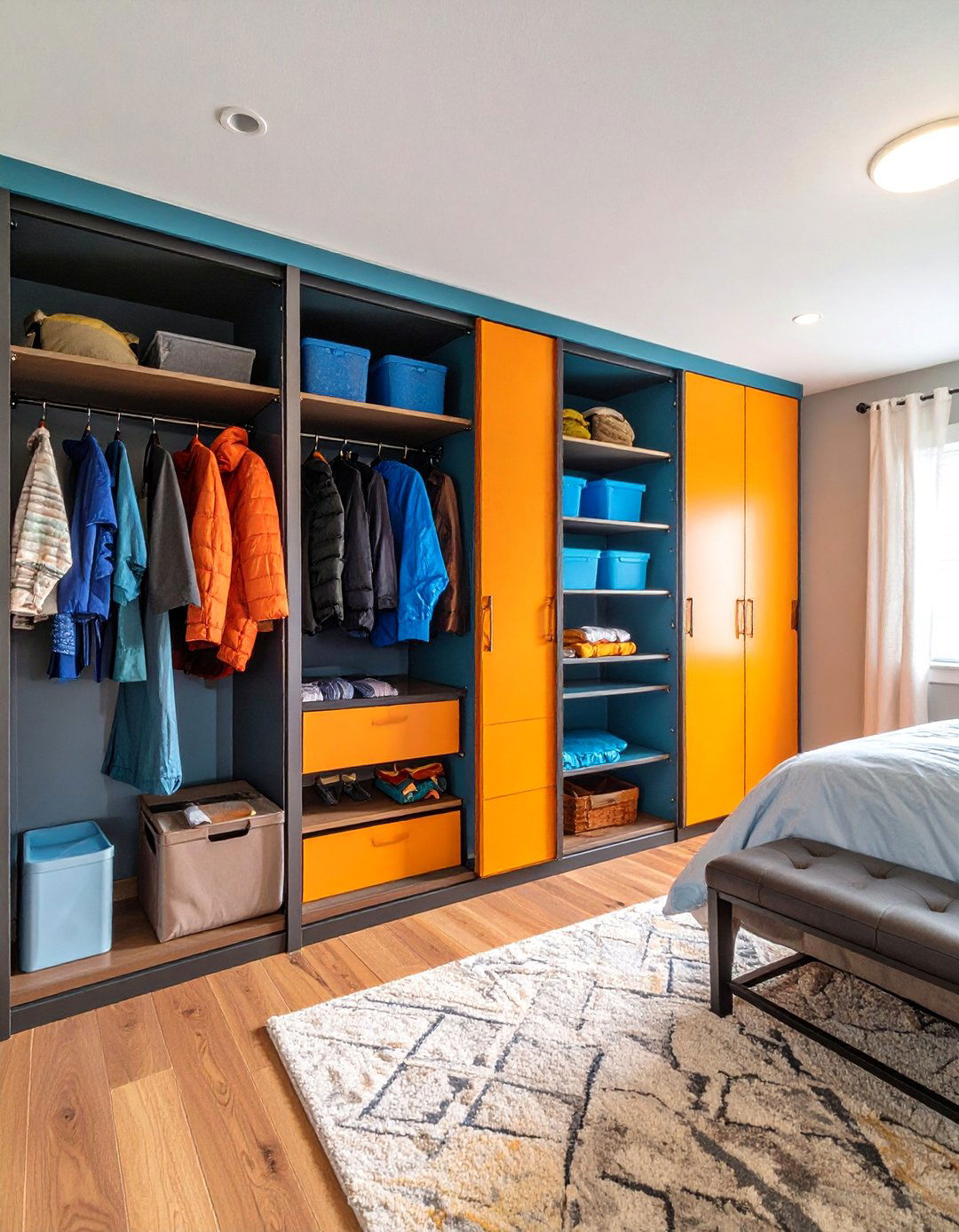
Smart storage in basement bedrooms requires moisture-resistant materials and elevated designs to protect belongings from humidity . Install floor-to-ceiling closet systems with adjustable shelves to accommodate items of different sizes. Choose furniture made from durable materials like metal or treated wood that can withstand basement conditions. Multi-functional furniture pieces like storage benches or ottomans provide hidden storage while serving dual purposes . Use airtight, waterproof containers for seasonal clothing and bedding storage. Built-in cabinetry along walls maximizes space efficiency while keeping items organized and accessible. Consider adding a dresser that doubles as a TV stand or makeup vanity to optimize functionality in your basement bedroom.
4. Basement Bedroom Ceiling Solutions for Low Heights
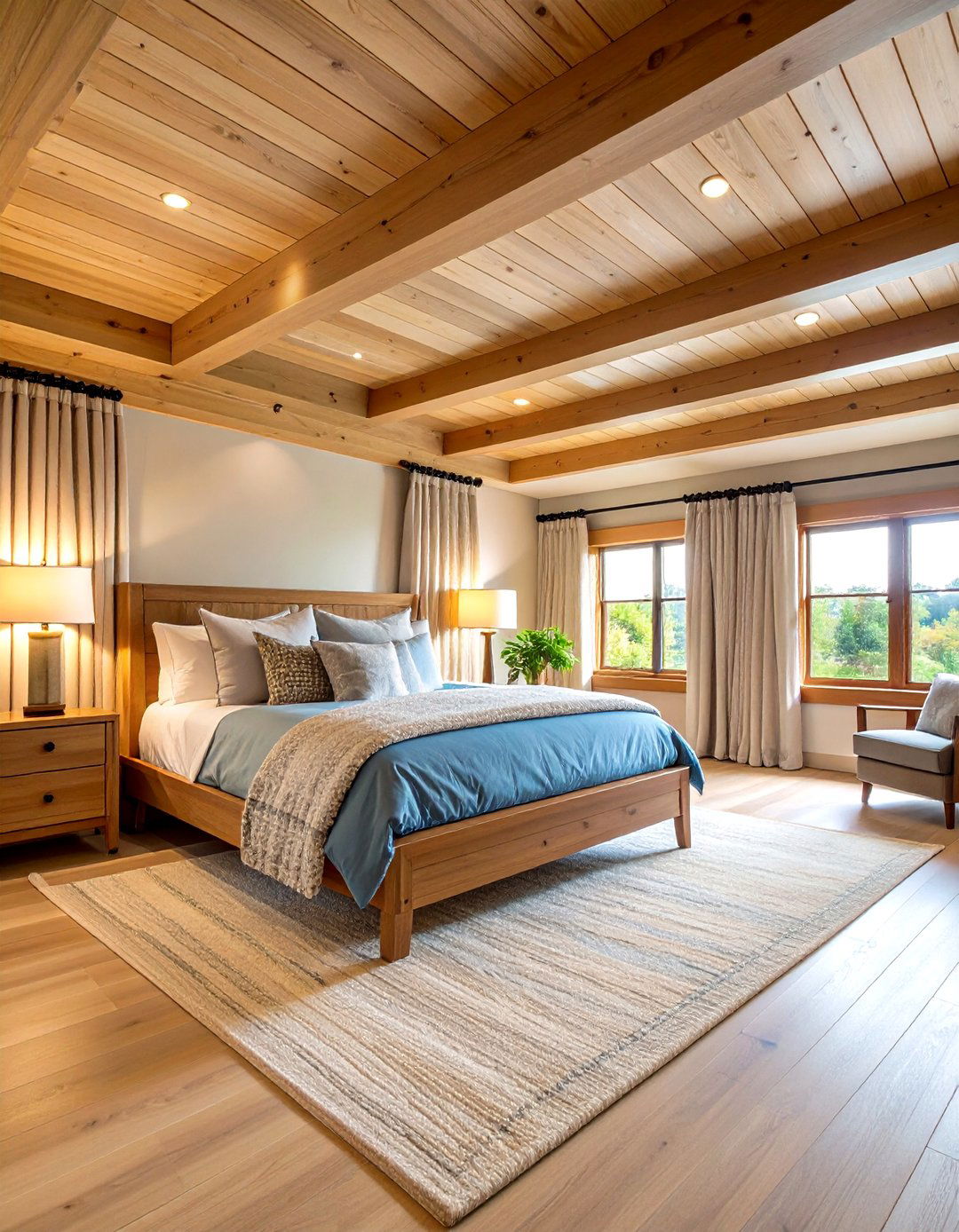
Low basement ceilings require strategic design choices to create the illusion of height and openness . Paint ceilings in light colors or add wood planking that draws the eye upward. Install recessed lighting instead of hanging fixtures to preserve valuable headroom. Vertical design elements like floor-to-ceiling curtains or wall decals that extend onto the ceiling help create visual height . Choose furniture with lower profiles and avoid tall headboards that emphasize the ceiling's limitations. Mirrors strategically placed can reflect light and create the perception of more space. Consider installing crown molding or coffered ceiling details to add architectural interest without reducing height. These ceiling treatments transform cramped basement bedrooms into comfortable, visually appealing spaces.
5. Basement Bedroom Insulation and Temperature Control
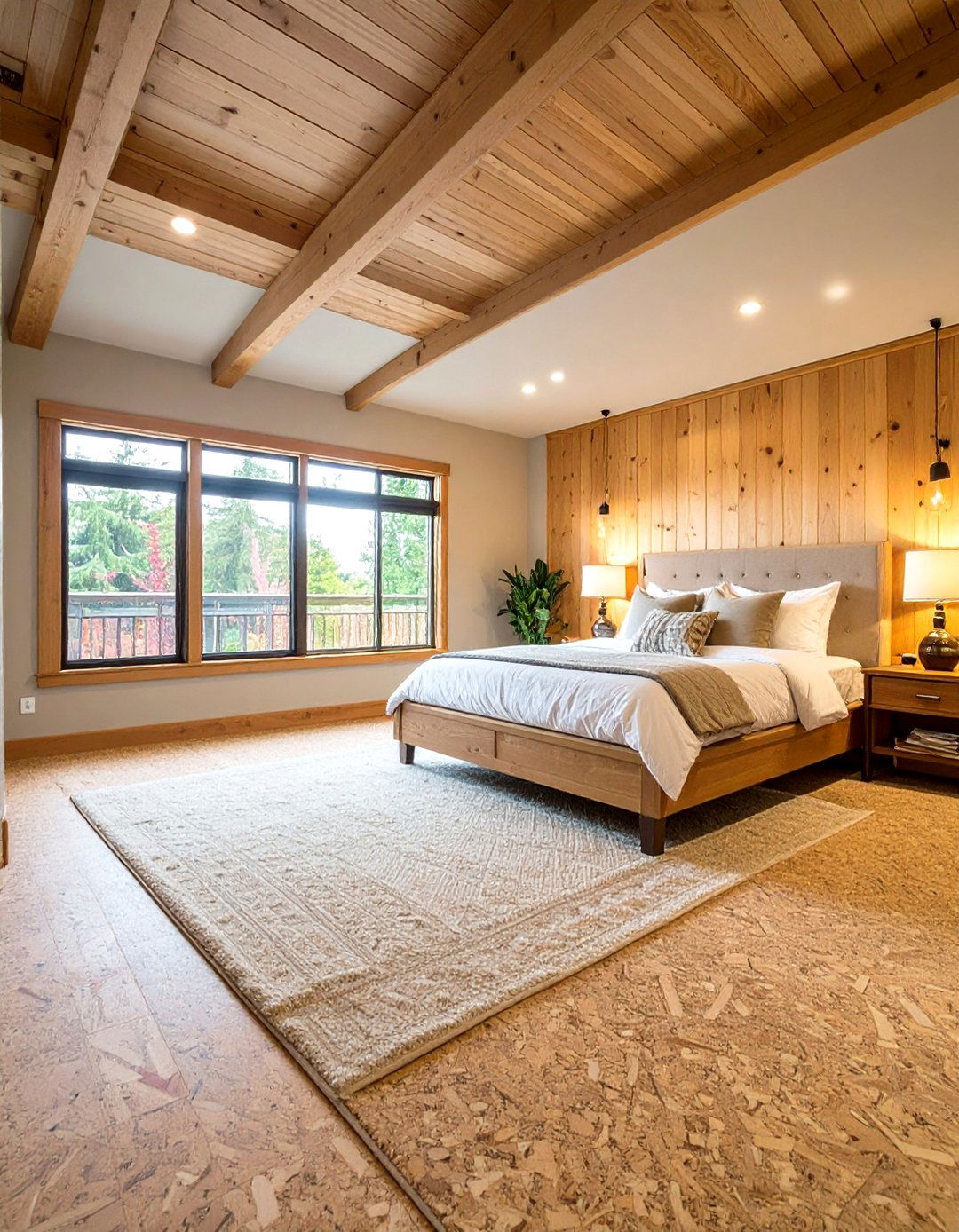
Proper insulation transforms cold, uncomfortable basement bedrooms into cozy retreats year-round. Install flooring with built-in insulation properties like cork or engineered wood with foam backing to provide thermal barriers . Add wall insulation behind drywall and consider insulated window coverings for egress windows. Use area rugs to provide additional warmth and comfort underfoot. Install a separate thermostat zone for your basement bedroom to maintain optimal temperature control. Dehumidifiers help maintain proper humidity levels while preventing mold and mildew growth . Consider radiant floor heating for ultimate comfort during cold months. Proper insulation not only improves comfort but also reduces energy costs and creates a more inviting basement bedroom environment.
6. Basement Bedroom Wall Treatments and Moisture Management
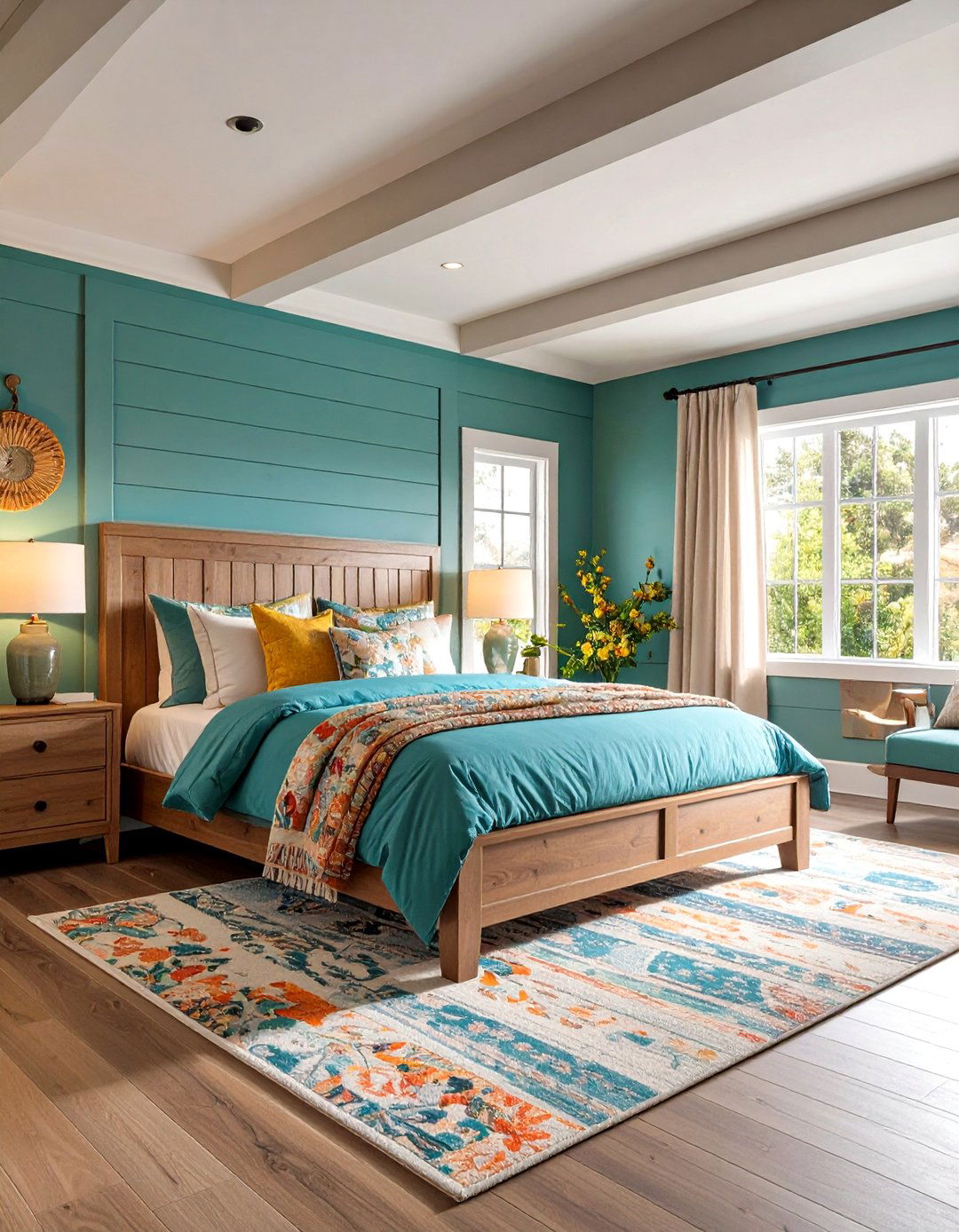
Wall treatments like beadboard paneling or vertical shiplap add character while helping manage moisture in basement bedrooms . Choose moisture-resistant materials like vinyl or PVC-based products that won't warp or grow mold. Paint walls with moisture-resistant paint formulated for basements, and select colors with appropriate light reflective values to brighten the space. Botanical accent walls or wallpaper can make walls feel taller while adding visual interest . Install proper vapor barriers behind wall finishes to prevent moisture infiltration. Consider wainscoting or chair rail molding to add architectural detail and protect walls from furniture damage. These treatments create attractive, durable surfaces that withstand basement conditions while enhancing the overall aesthetic of your bedroom.
7. Egress Window Enhancement for Basement Bedrooms
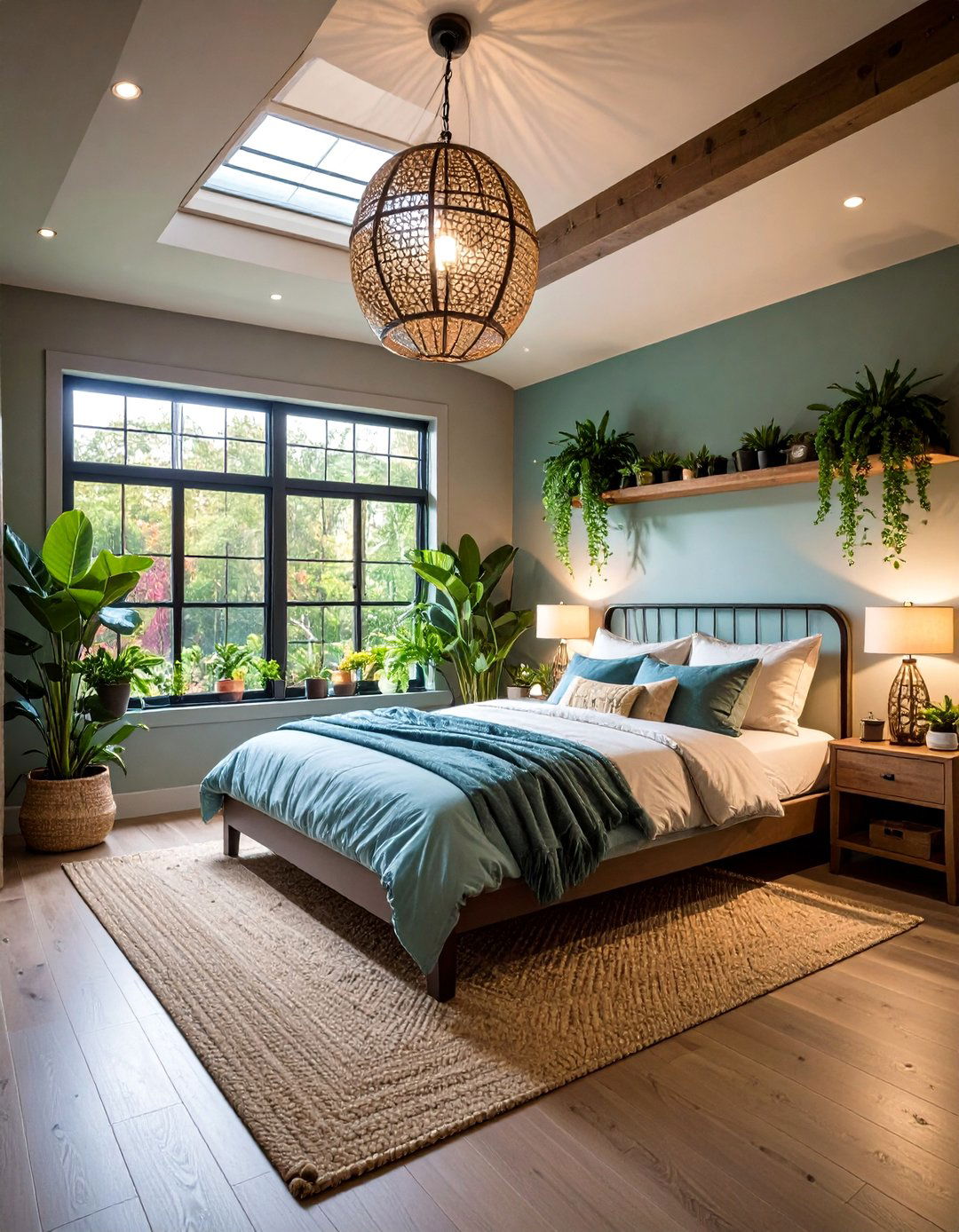
Egress windows in basement bedrooms require creative solutions to maximize light while maintaining privacy and safety . Install window wells with proper drainage and consider decorative window well covers to improve appearance. Use faux reeded glass films or DIY solutions to conceal unsightly window wells while maintaining light transmission . Add window treatments like cellular shades or curtains that provide privacy without blocking natural light. Consider installing window shelving for plants or decorative items that enhance the window area. Proper lighting around egress windows ensures safe emergency access while creating attractive focal points. These enhancements transform functional safety features into design elements that improve your basement bedroom's overall appeal.
8. Basement Bedroom Color Schemes for Brightness
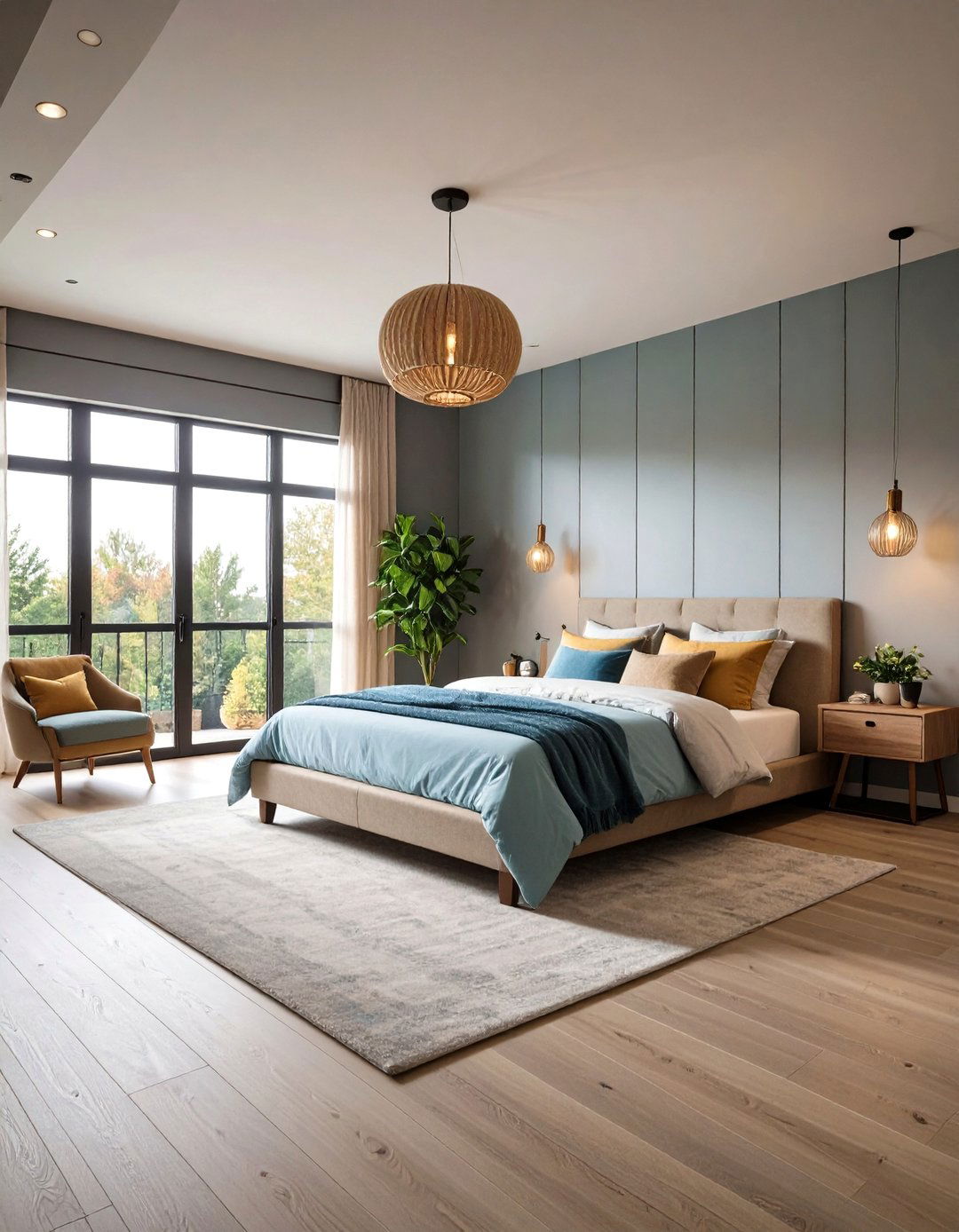
Choosing the right paint colors for basement bedrooms involves more than just white walls – selecting colors with appropriate light reflective values is crucial . Light, neutral colors like soft grays, warm beiges, or pale blues help reflect available light and create spacious feelings. Super colorful palettes can brighten basement bedrooms and add personality through furniture, painted accents, or wallpaper . Consider accent walls in deeper colors behind beds to create focal points without overwhelming the space. Cool colors can make basements feel larger, while warm colors add coziness. Use the 60-30-10 color rule: 60% neutral base, 30% secondary color, and 10% accent color. These thoughtful color choices transform dark basement bedrooms into bright, welcoming spaces.
9. Basement Bedroom Furniture Selection and Placement
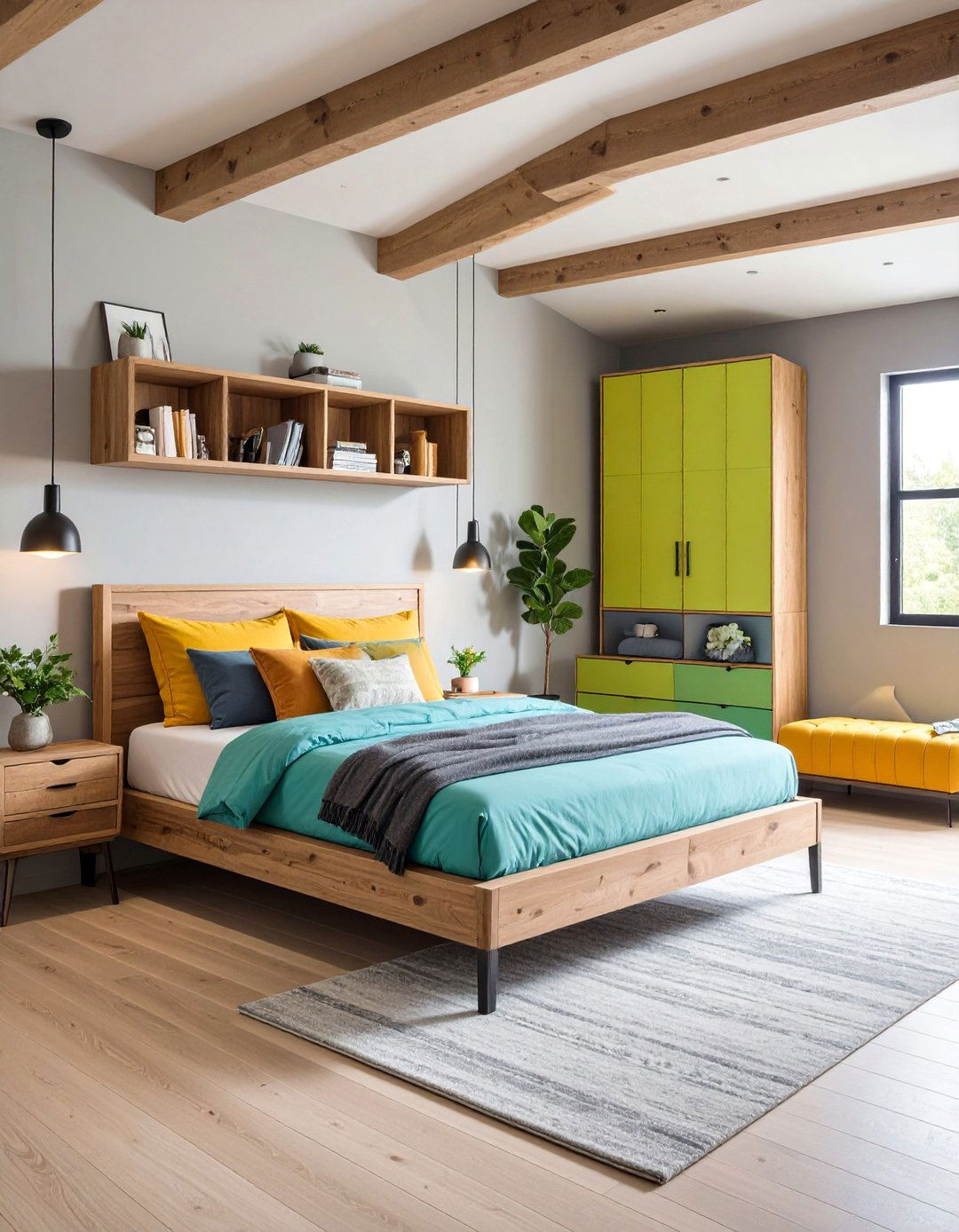
Selecting appropriate furniture for basement bedrooms requires considering moisture resistance, scale, and functionality . Choose furniture with legs to allow air circulation and prevent moisture damage. Opt for metal, treated wood, or synthetic materials that won't warp or develop mold. Multi-functional pieces like storage beds, dresser-nightstand combinations, or benches with hidden storage maximize space efficiency . Keep furniture proportional to room size – avoid oversized pieces that make spaces feel cramped. Position beds away from exterior walls to prevent moisture issues. Consider modular furniture that can be easily reconfigured as needs change. Quality furniture designed for basement conditions ensures longevity and maintains the comfortable atmosphere of your basement bedroom.
10. Basement Bedroom Ventilation and Air Quality
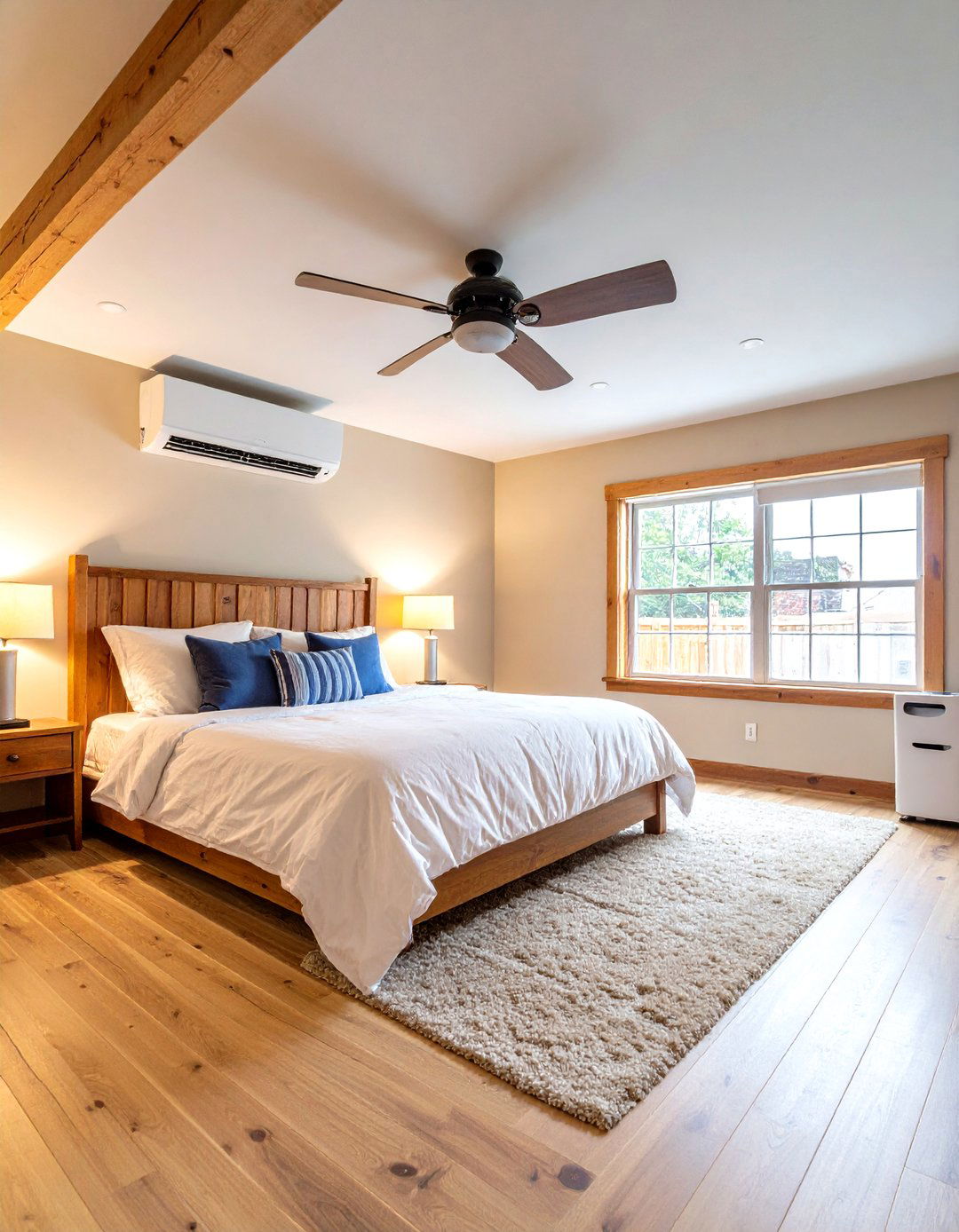
Proper ventilation prevents moisture buildup and ensures healthy air quality in basement bedrooms. Install dehumidifiers to maintain optimal humidity levels and prevent mold growth . Ensure adequate air circulation with ceiling fans or ventilation systems that connect to your home's HVAC system. Use raised flooring systems that allow air movement underneath to prevent moisture trapped between floors and concrete . Install exhaust fans if your basement bedroom includes an attached bathroom. Consider air purifiers to remove allergens and improve indoor air quality. Proper ventilation prevents musty odors and creates a fresh, comfortable environment. Regular maintenance of ventilation systems ensures continued air quality in your basement bedroom throughout all seasons.
11. Basement Bedroom Safety and Emergency Preparedness
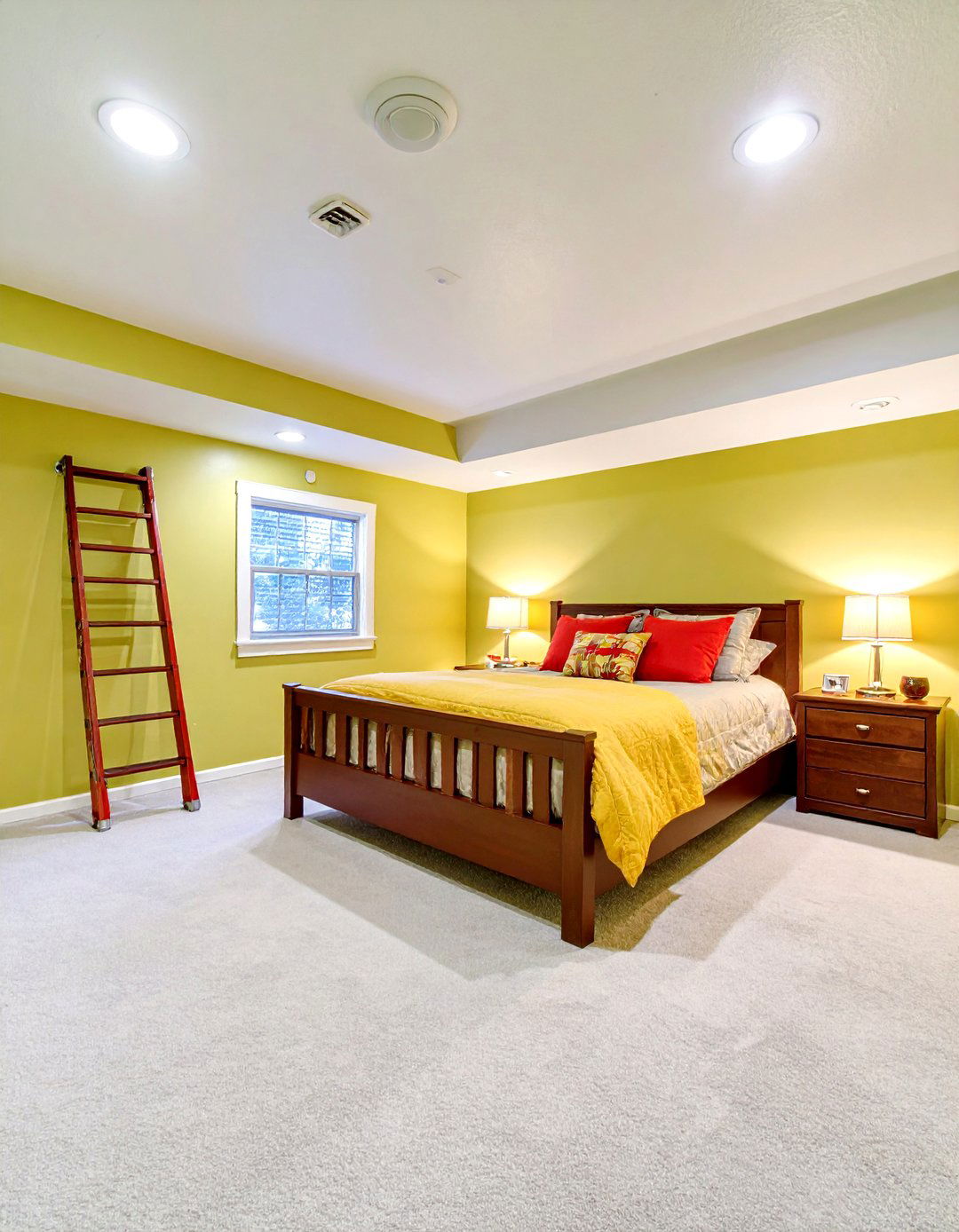
Building codes require proper egress windows and emergency exits in basement bedrooms for safety . Ensure windows are properly sized and accessible for emergency escape. Install smoke detectors and carbon monoxide detectors specifically designed for basement areas. Electrical codes require proper lighting controlled by wall switches near room entrances . Create clear pathways to exits and avoid blocking egress windows with furniture or storage. Install emergency lighting that activates during power outages. Keep emergency supplies easily accessible in your basement bedroom. Consider installing a sump pump if your basement is prone to flooding. These safety measures ensure your basement bedroom meets building codes while providing peace of mind for occupants.
12. Teen-Friendly Basement Bedroom Design Ideas
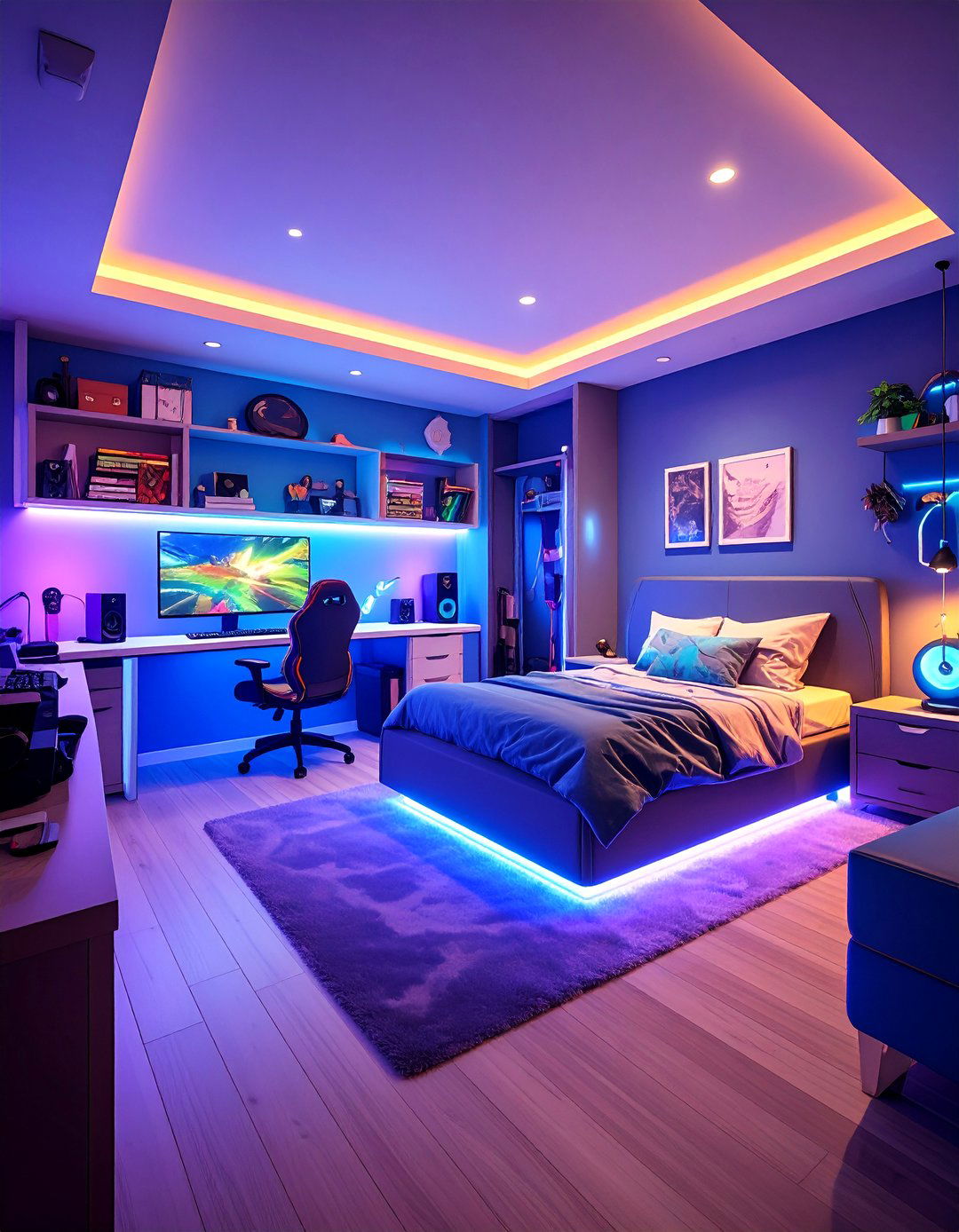
Teen-friendly basement bedrooms can double as hangout zones with gaming areas and entertainment spaces . Create distinct zones for sleeping, studying, and socializing using furniture arrangement and lighting. Install LED lighting systems, comfortable seating, and gaming setups that appeal to teenagers . Add bulletin boards, whiteboards, or magnetic paint for personalization and organization. Include plenty of storage for clothes, books, and electronic devices. Consider soundproofing to allow music and socializing without disturbing other household members. Install multiple electrical outlets for charging devices and electronics. Choose durable, easy-to-clean furniture that can withstand teenage use. These design elements create basement bedrooms that grow with teenagers while providing functional, appealing spaces.
13. Guest Basement Bedroom Hospitality Features
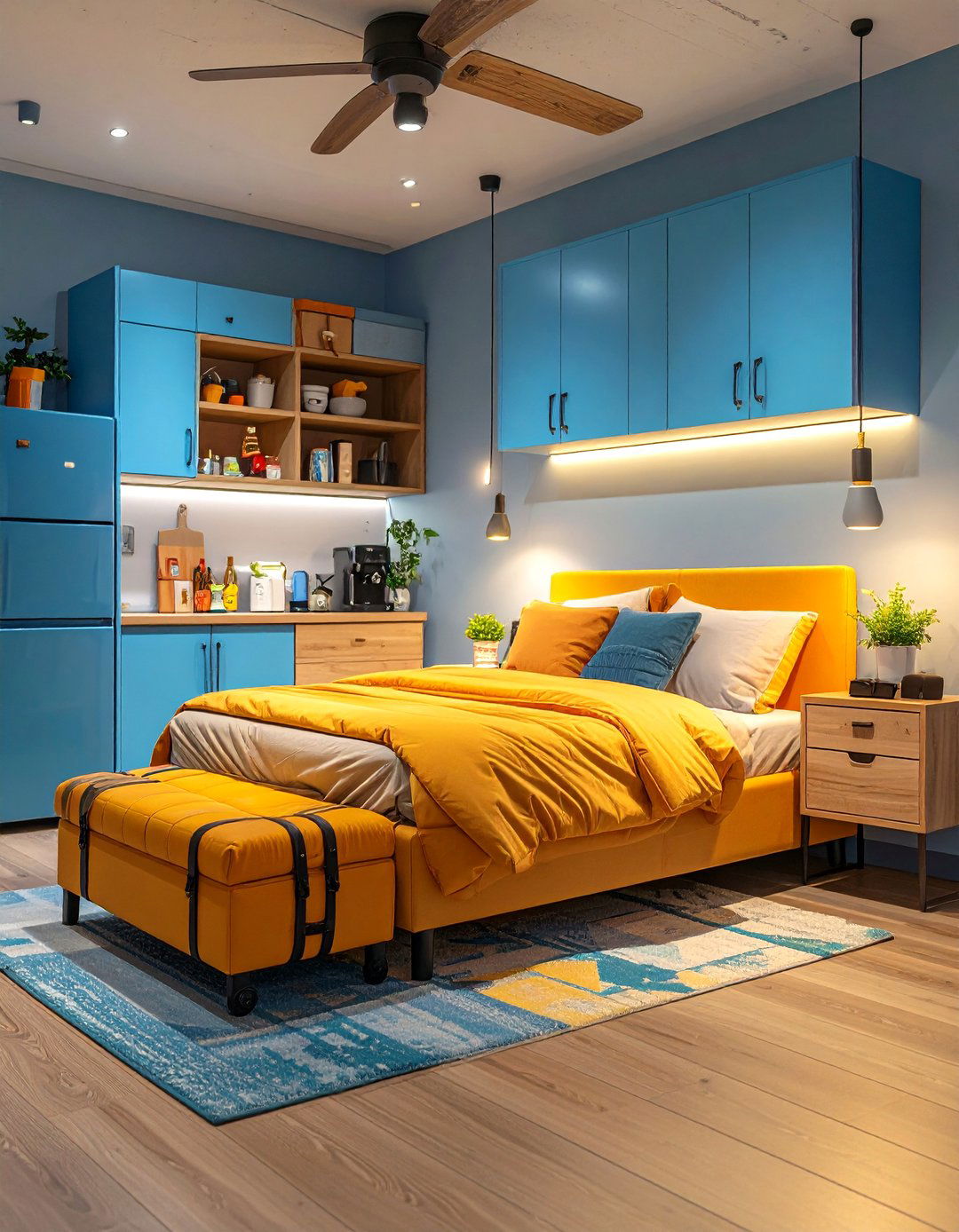
Creating guest-ready basement bedrooms requires hotel-level comfort and thoughtful amenities . Provide adequate storage space for visitors' belongings through dressers, closets, or luggage racks. Install bedside lighting with individual switches for reading without disturbing partners. Add upholstered benches with hidden storage for blankets and pillows . Include a small desk area for laptop use or writing. Provide fresh linens, extra pillows, and comfortable seating beyond the bed. Consider a small refrigerator or coffee station for guest convenience. Install mirrors and adequate lighting for grooming activities. Add personal touches like artwork, plants, or books to make guests feel welcome. These hospitality features transform basement bedrooms into comfortable guest retreats.
14. Basement Bedroom Acoustic Solutions for Noise Control

Basement bedrooms benefit from acoustic treatments to reduce noise transfer and create peaceful sleeping environments . Install sound-absorbing materials like acoustic panels, thick curtains, or upholstered furniture to minimize echo and noise. Choose flooring with sound-dampening properties like cork or vinyl with foam backing . Add area rugs to absorb sound and provide warmth. Consider white noise machines or ceiling fans to mask household sounds. Install weatherstripping around doors to prevent sound leakage. Use furniture placement to create sound barriers between sleeping areas and noise sources. Soft furnishings like pillows, blankets, and upholstered seating help absorb sound. These acoustic solutions ensure restful sleep in basement bedrooms despite their location below living areas.
15. Basement Bedroom Built-In Storage Solutions
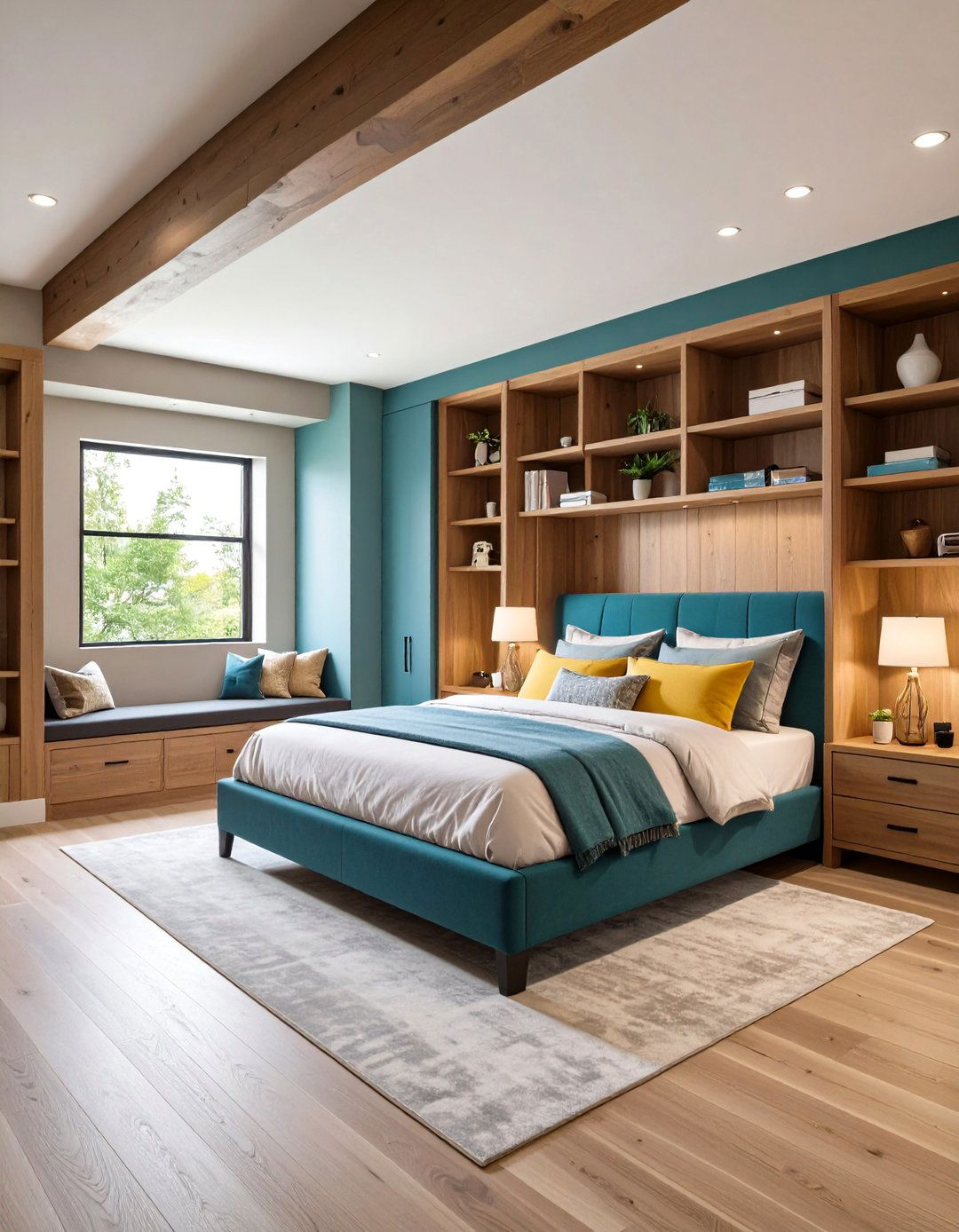
Built-in storage solutions maximize space efficiency while providing seamless, attractive organization in basement bedrooms . Design floor-to-ceiling closet systems with adjustable shelves, drawers, and hanging rods. Create storage around bed areas with built-in nightstands and headboard shelving . Install under-stair storage if your basement bedroom is located near stairways. Build window seat storage for egress windows that doubles as reading nooks. Consider built-in desk areas with storage drawers and shelving for homework or work-from-home activities. Use dead space under low-ceiling areas for built-in storage cubbies. These custom storage solutions eliminate the need for bulky furniture while providing organized, accessible storage that complements your basement bedroom's design.
16. Basement Bedroom Textile and Soft Furnishing Choices
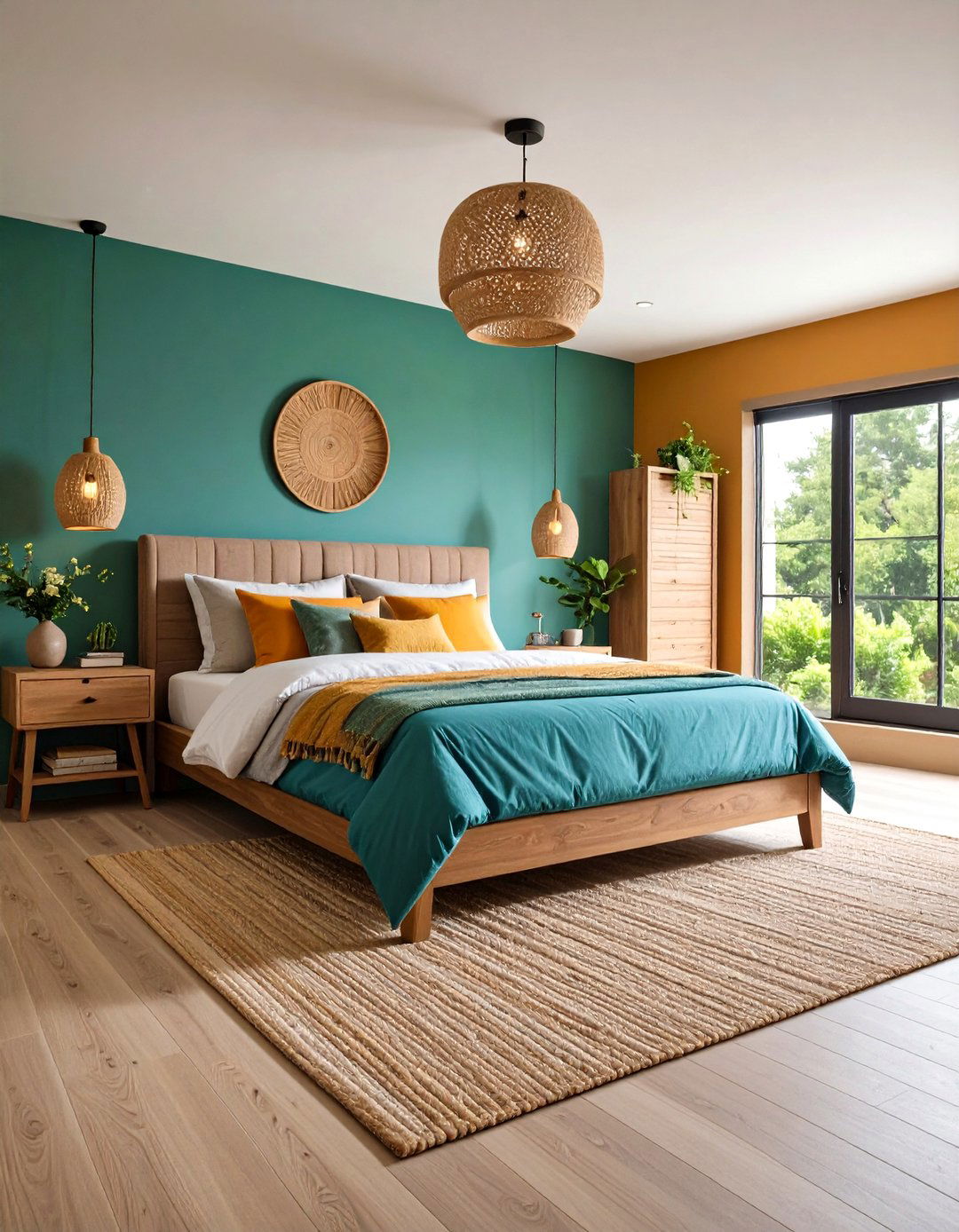
Choosing appropriate textiles for basement bedrooms requires moisture-resistant materials that add warmth and comfort . Select bedding made from moisture-wicking fabrics like bamboo or synthetic blends that resist mold and mildew. Use synthetic carpets or rugs made from polypropylene that repel water and resist moisture damage . Choose curtains and window treatments made from materials that won't retain moisture or develop odors. Add throw pillows and blankets in quick-drying fabrics for easy maintenance. Consider leather or synthetic upholstery for seating that won't absorb moisture. Use antimicrobial treatments on fabrics when possible to prevent odor and mold growth. These textile choices ensure comfort and durability while maintaining the fresh, clean atmosphere essential for basement bedrooms.
17. Basement Bedroom Technology Integration
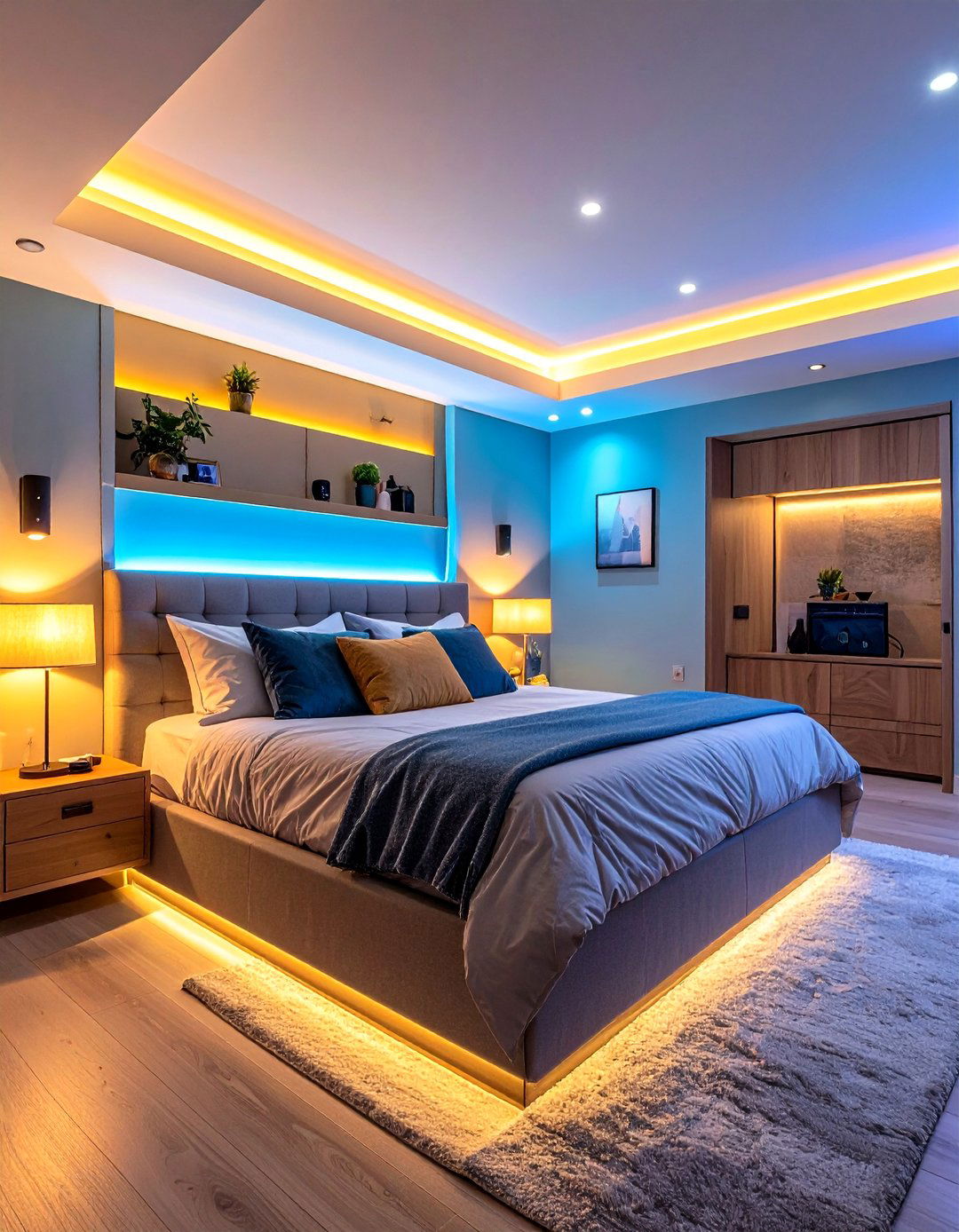
Modern basement bedrooms benefit from smart technology integration for comfort, convenience, and entertainment. Install smart lighting systems with dimmer controls and preset scenes for different activities. Include automated climate control systems that maintain optimal temperature and humidity levels . Add smart outlets for device charging and automated appliance control. Consider whole-home audio systems that extend to basement bedrooms for music and entertainment. Install security cameras if the bedroom serves as a rental unit. Use smart home integration to control lighting, temperature, and security from mobile devices. Include adequate electrical outlets and USB charging stations for modern electronic needs. These technology features create comfortable, convenient basement bedrooms that meet contemporary living standards.
18. Basement Bedroom Lighting Design for Different Activities
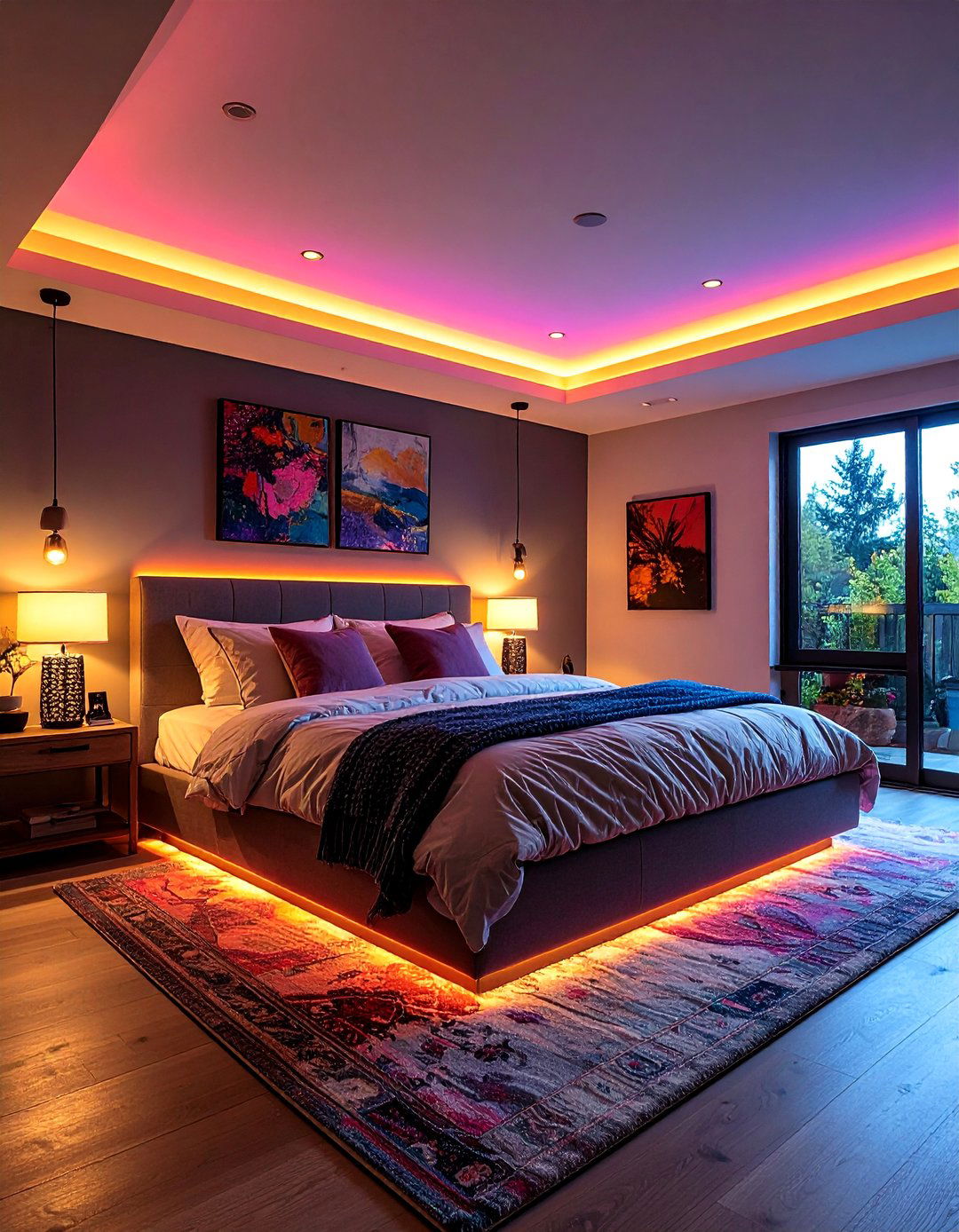
Effective basement bedroom lighting design requires different types of illumination for various activities and times of day . Install bright task lighting for reading and getting dressed, including adjustable wall sconces and table lamps. Create ambient lighting with dimmable ceiling fixtures and floor lamps for relaxation . Add accent lighting to highlight artwork, architectural features, or decorative elements. Use natural light simulation with full-spectrum bulbs to combat the lack of windows. Install motion-sensor lighting for safety during nighttime movement. Consider color-changing LED systems that adjust throughout the day to support circadian rhythms. These varied lighting options ensure your basement bedroom serves multiple functions while maintaining appropriate illumination for each activity.
19. Basement Bedroom Privacy and Separation Solutions
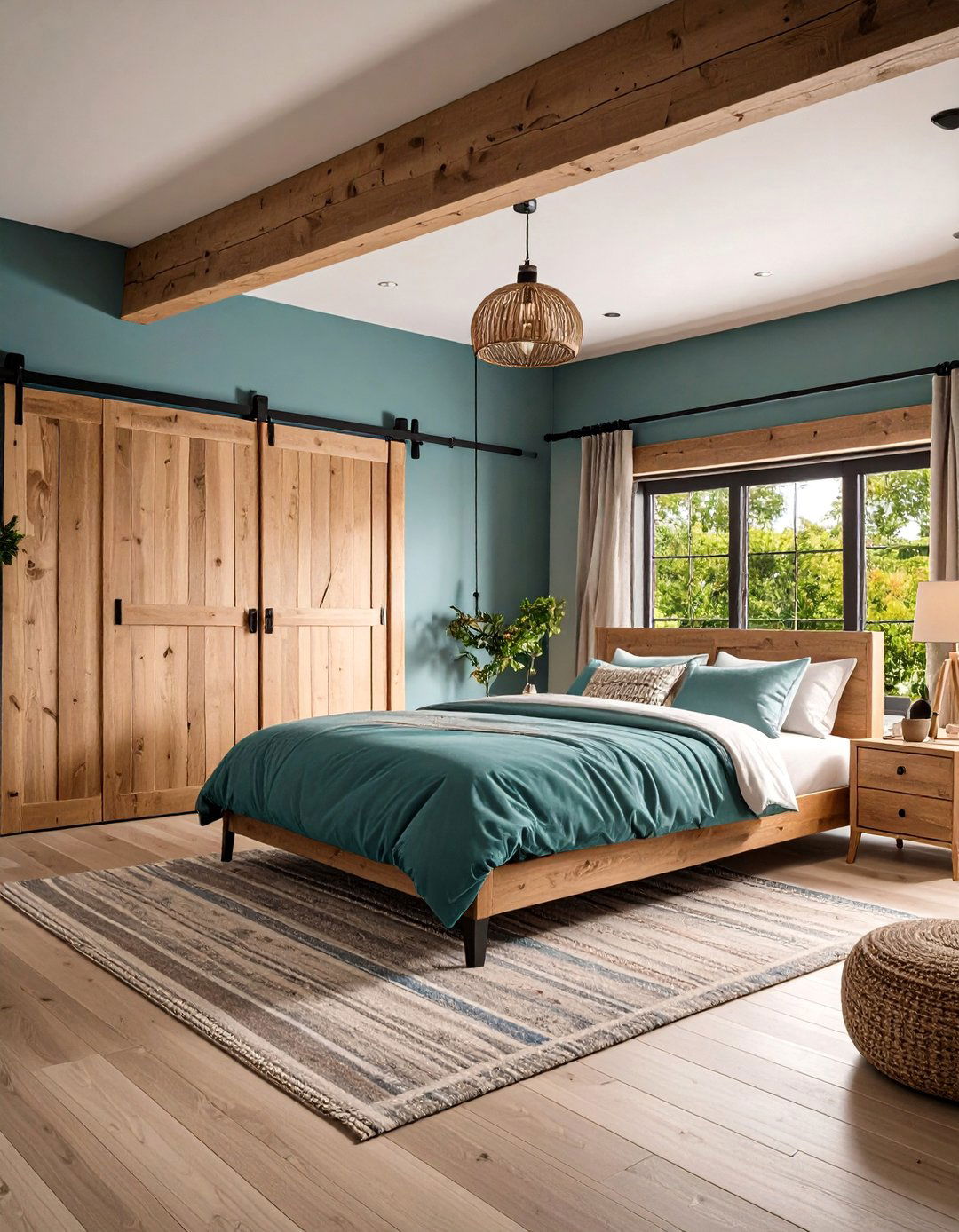
Creating privacy in basement bedrooms often requires creative solutions like barn doors, sliding panels, or room dividers . Install solid doors with proper weather sealing to separate bedrooms from other basement areas. Use wall dividers to hide stairs and create more finished appearances . Consider moveable screens or curtains for flexible privacy options. Install soundproof doors if noise control is important. Create visual separation through furniture placement and area rugs that define sleeping spaces. Use different flooring materials to delineate bedroom areas from other basement functions. Add ceiling-mounted curtain tracks for temporary privacy solutions. These privacy measures ensure basement bedrooms feel like separate, distinct spaces rather than extensions of larger basement areas.
20. Basement Bedroom Design Themes and Aesthetic Choices

Basement bedrooms offer opportunities to explore various design themes from Mediterranean warmth to modern minimalism . Create zen-inspired spaces with natural materials, soft lighting, and minimal furnishings for peaceful retreats . Consider industrial chic designs that embrace exposed elements like ductwork and concrete with metal accents. Develop cozy cottage themes using warm colors, soft textures, and vintage furnishings. Embrace bohemian styles with layered textiles, eclectic artwork, and unique decorative elements . Create modern spa-like environments with neutral colors, clean lines, and luxury materials. Use monochromatic color schemes for sophisticated, calming effects. These design themes transform basement bedrooms into personalized spaces that reflect individual style preferences while working within the unique constraints of below-grade environments.
Conclusion:
Creating a beautiful basement bedroom requires thoughtful planning and smart design choices that address unique below-grade challenges. With proper moisture management, effective lighting solutions, and appropriate material selections, basement bedrooms can become some of the most comfortable and inviting spaces in your home . The key lies in embracing your basement's characteristics while implementing solutions that maximize comfort, safety, and style. From moisture-resistant flooring and layered lighting to smart storage solutions and proper ventilation, each element contributes to a successful transformation. Whether you're designing a guest retreat, teen sanctuary, or additional living space, these basement bedroom ideas provide the foundation for creating spaces that are both functional and beautiful. Remember that building codes, safety requirements, and moisture management should always be prioritized alongside aesthetic considerations to ensure your basement bedroom serves as a safe, comfortable haven for years to come.


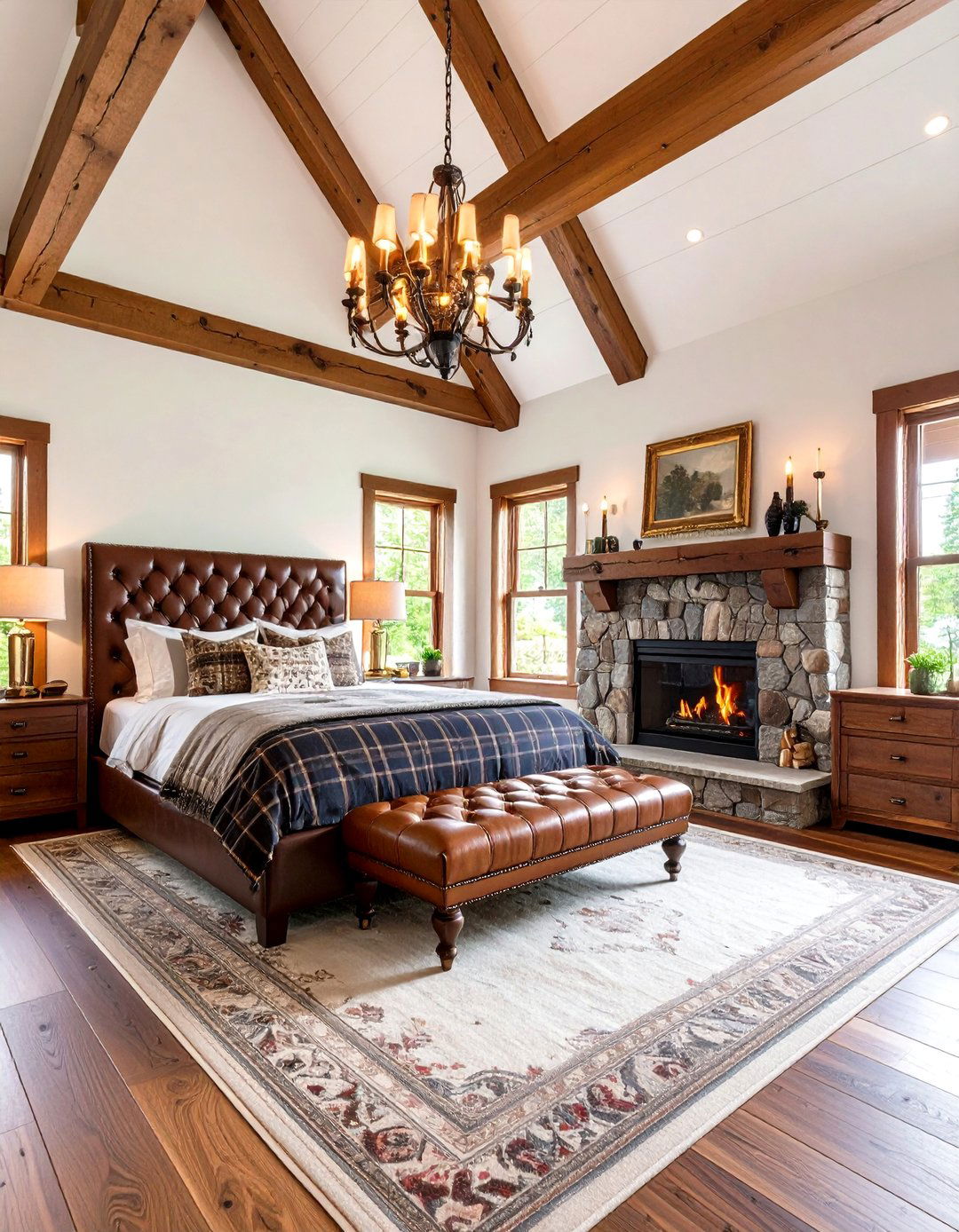
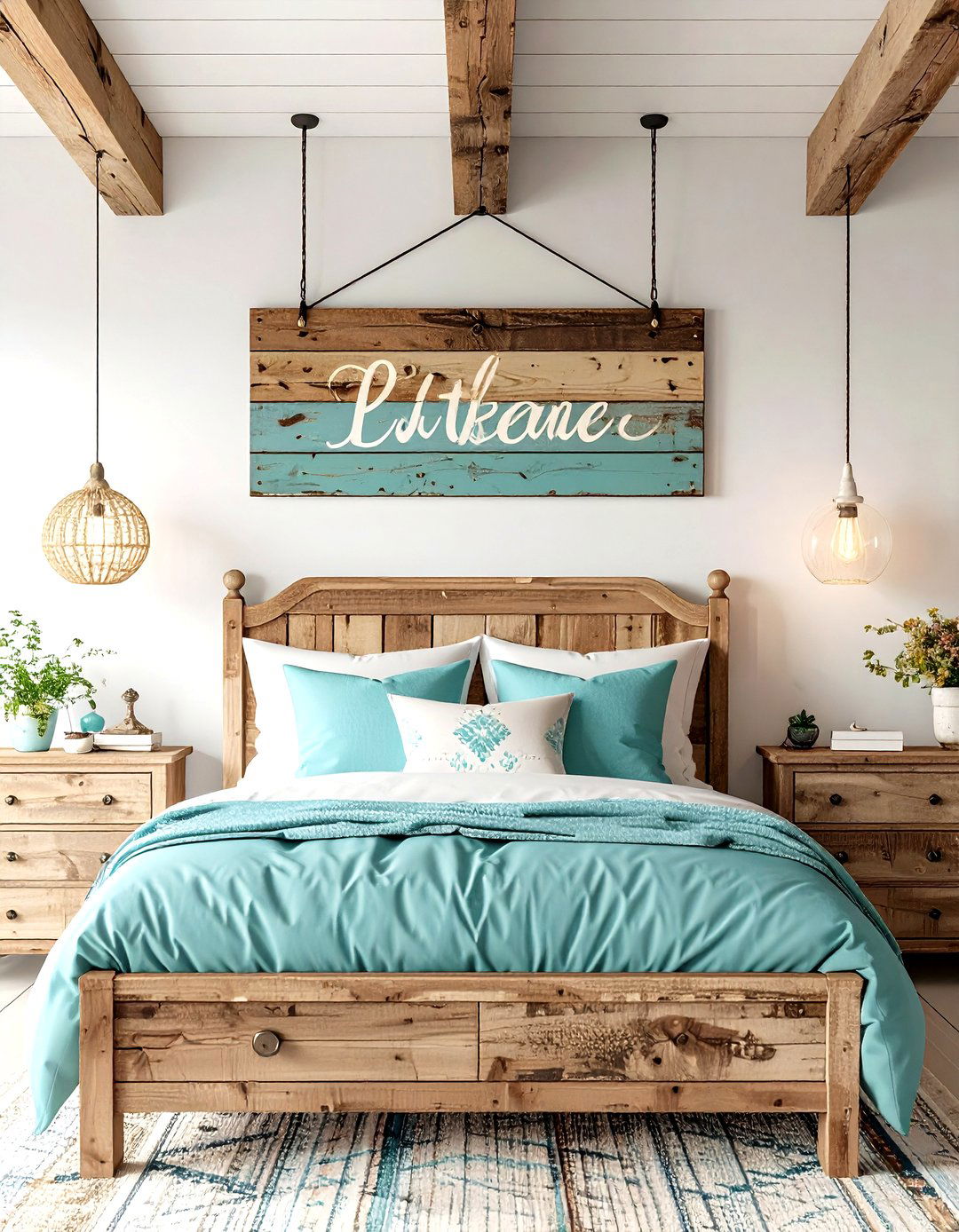
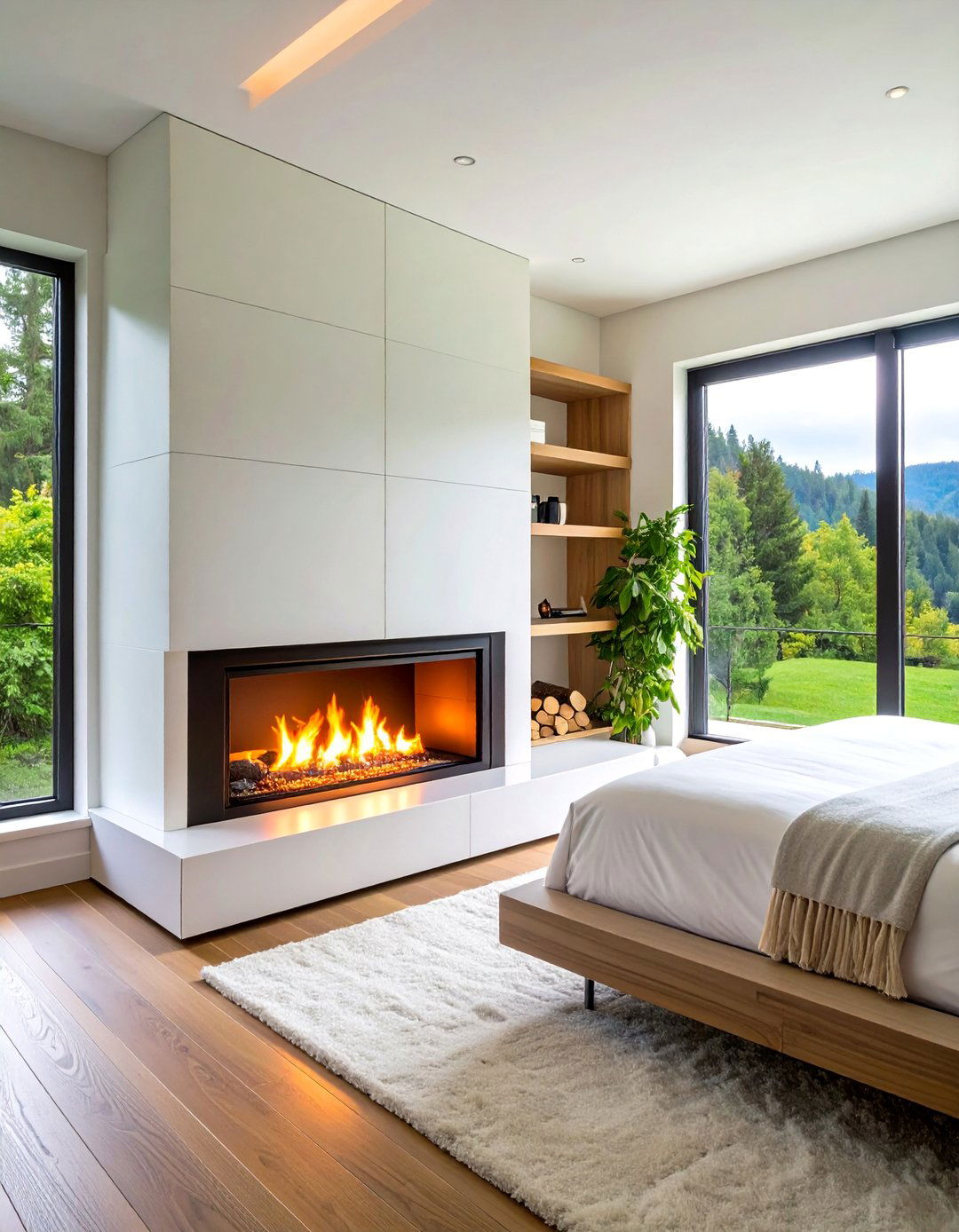

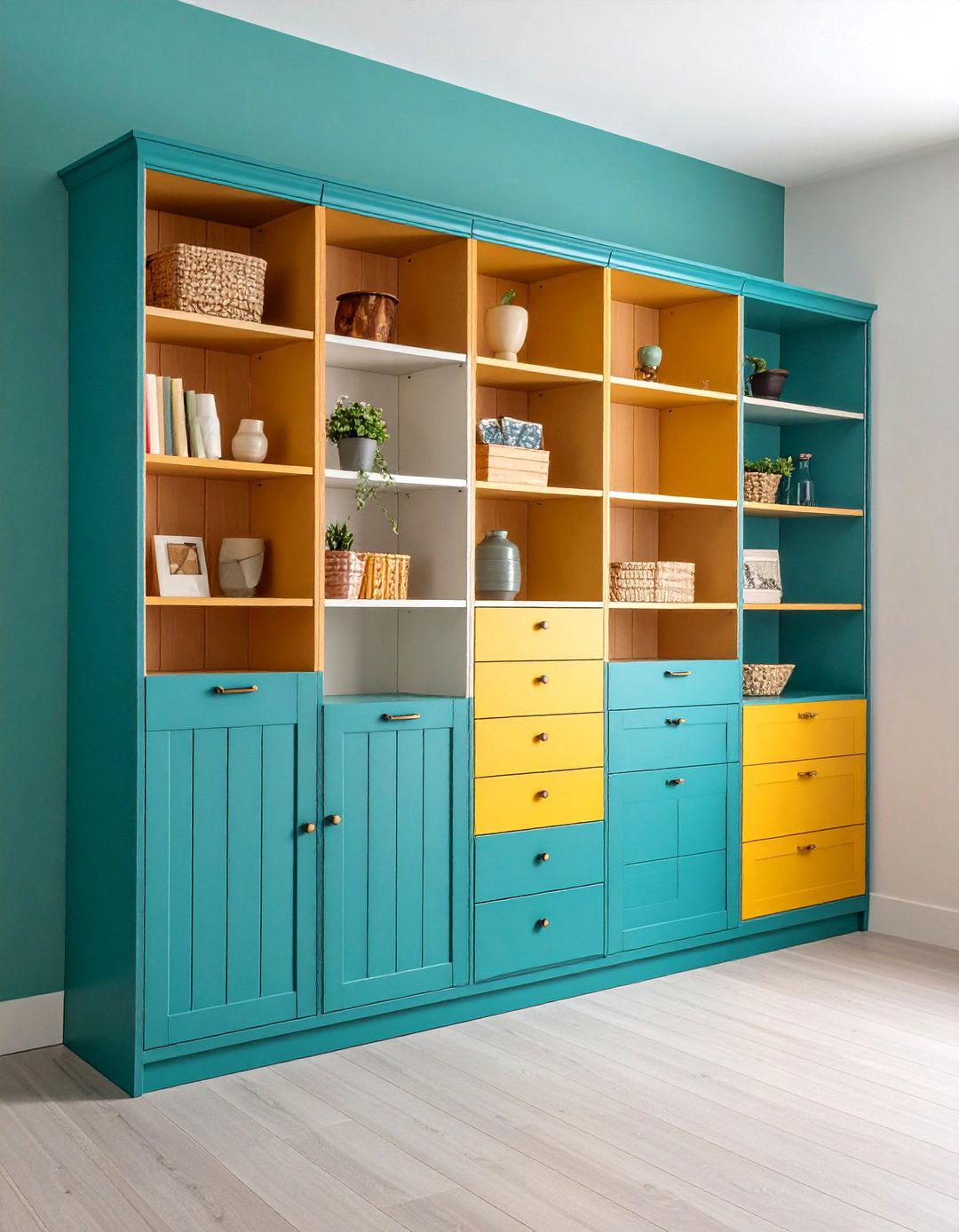

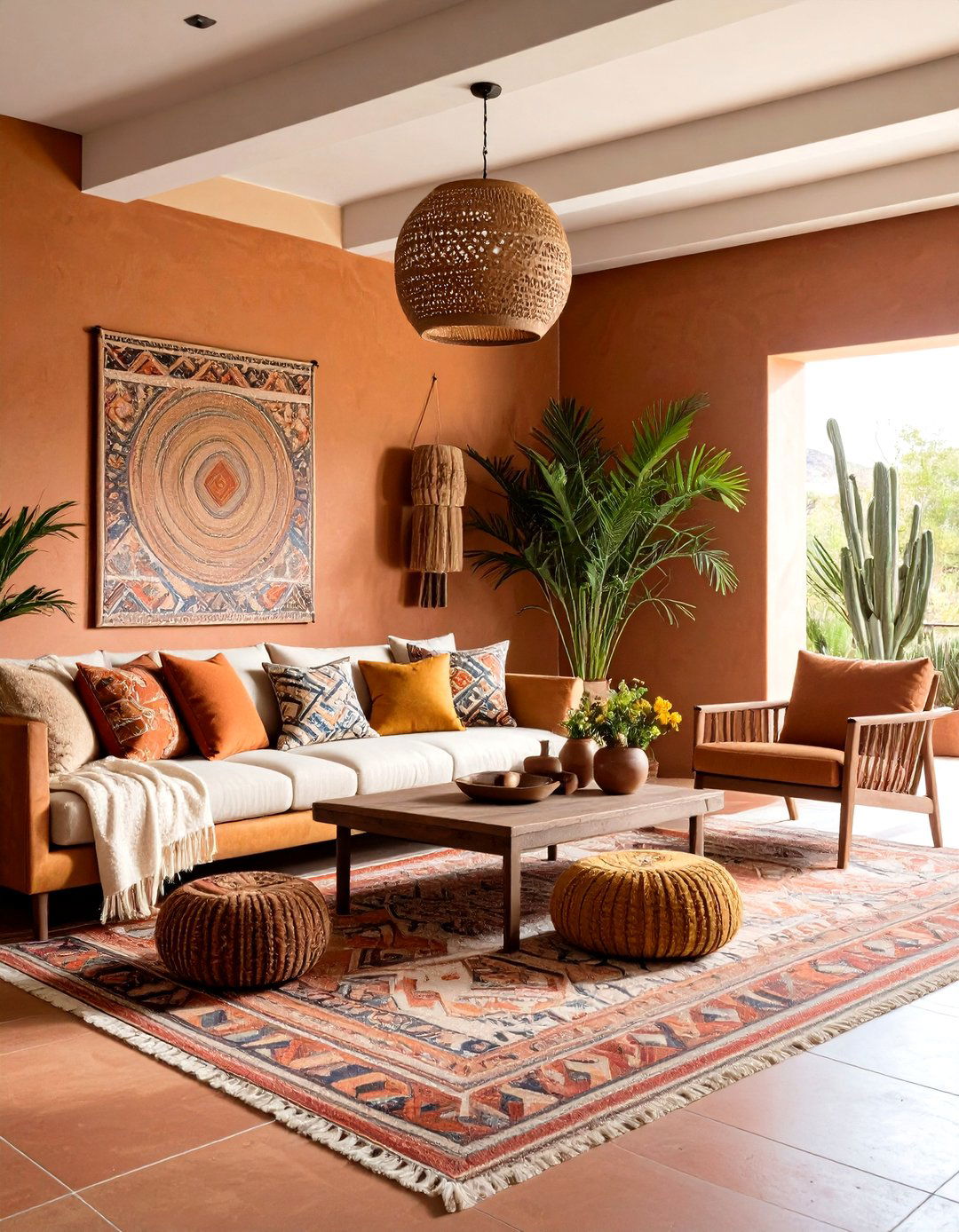
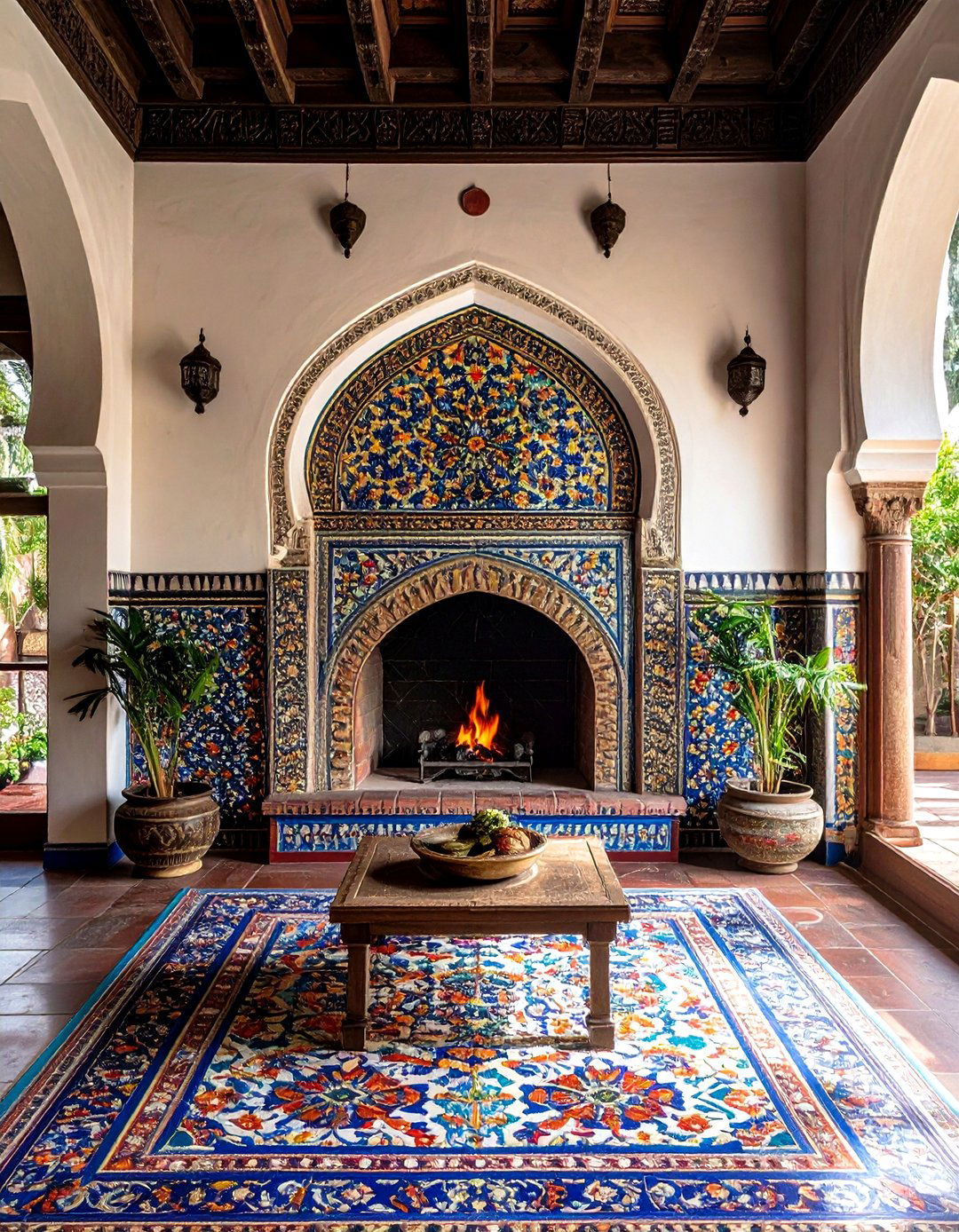

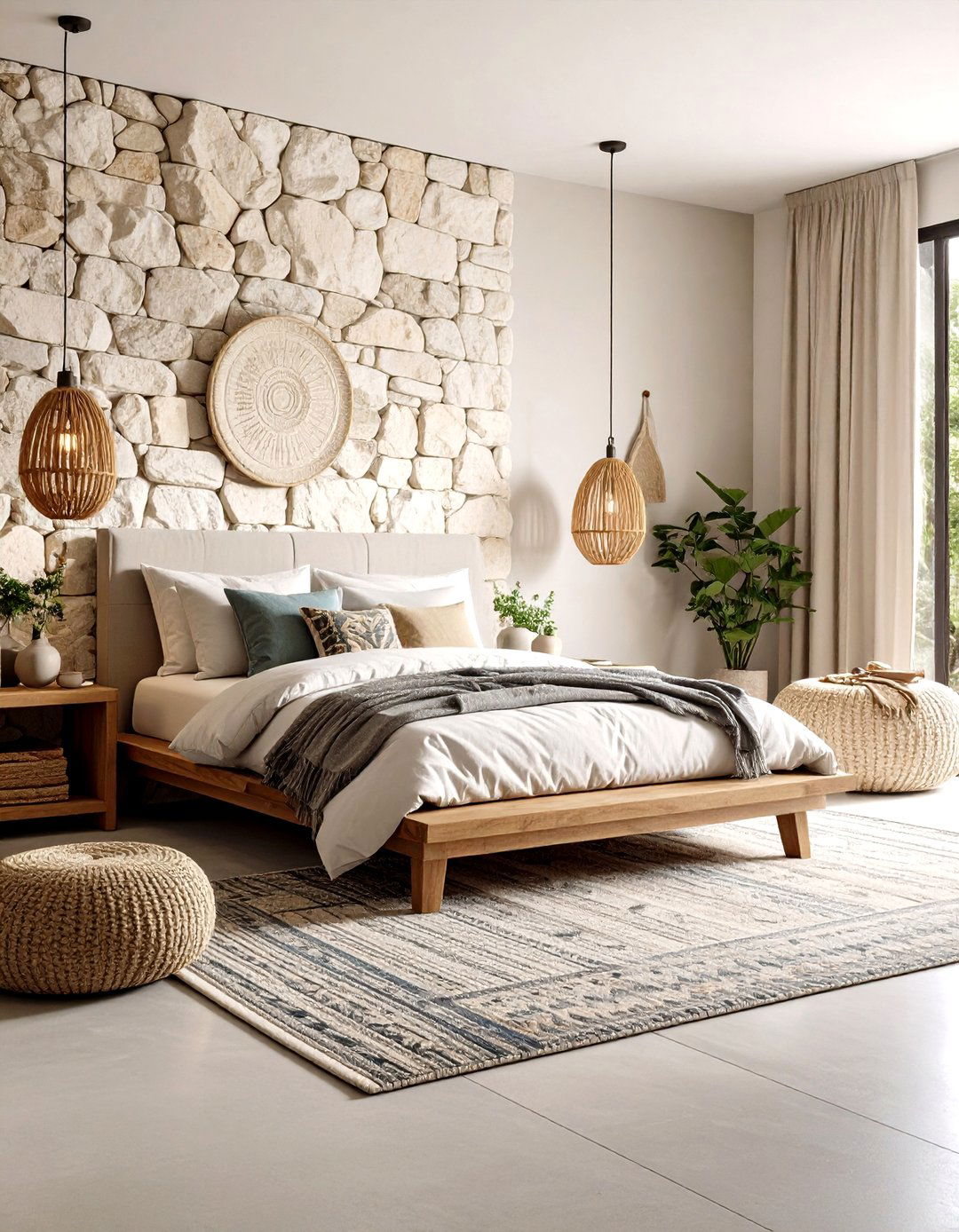
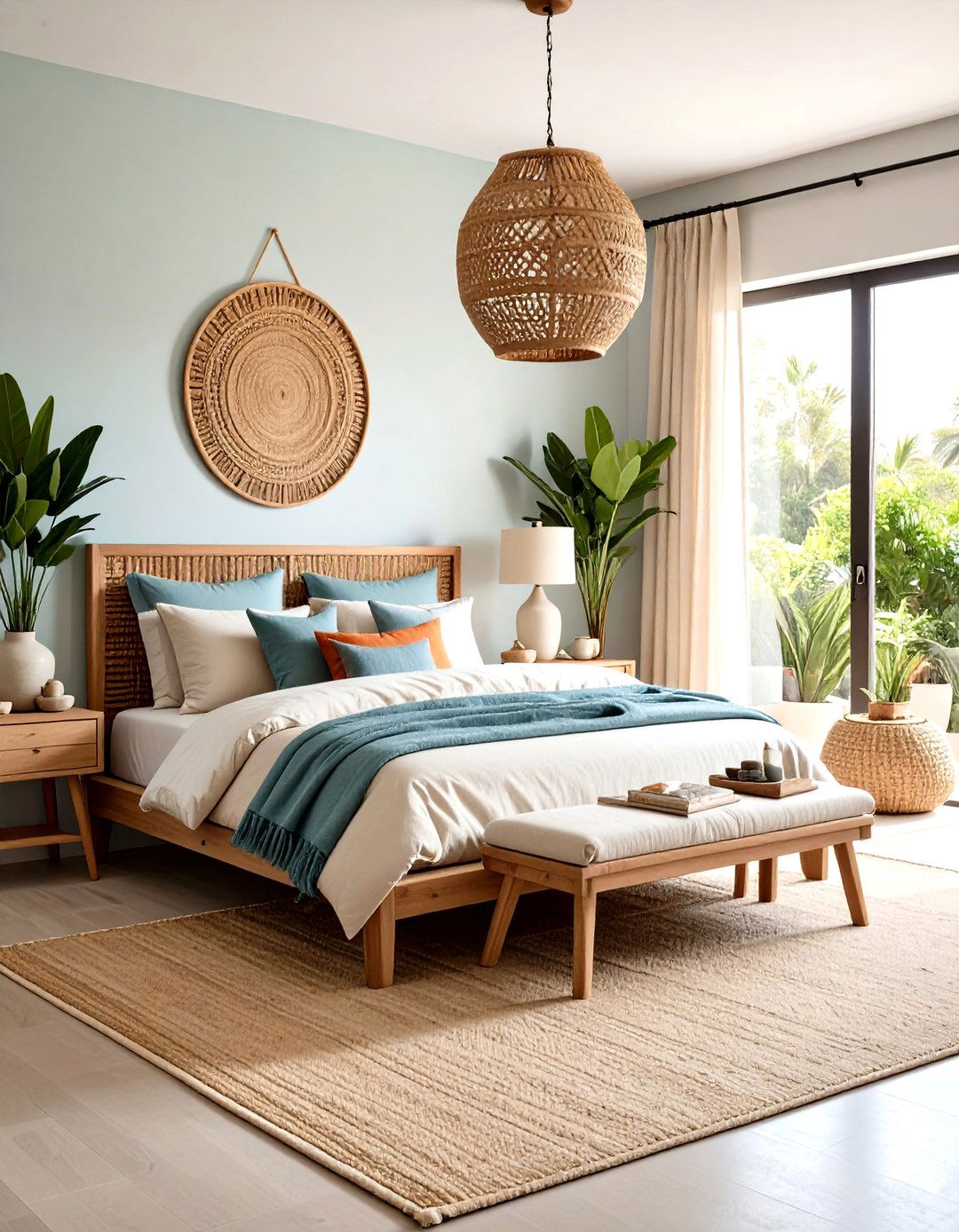
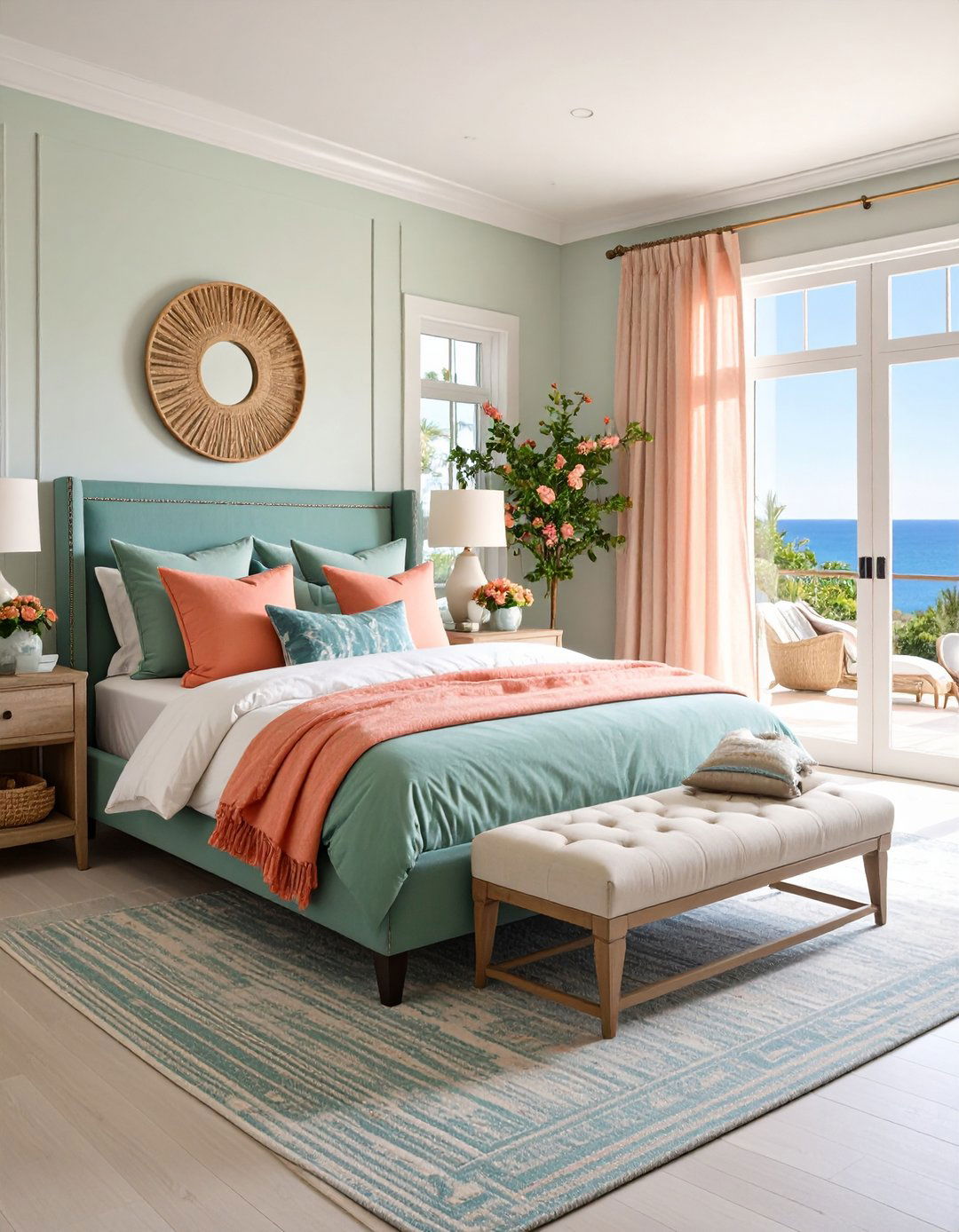
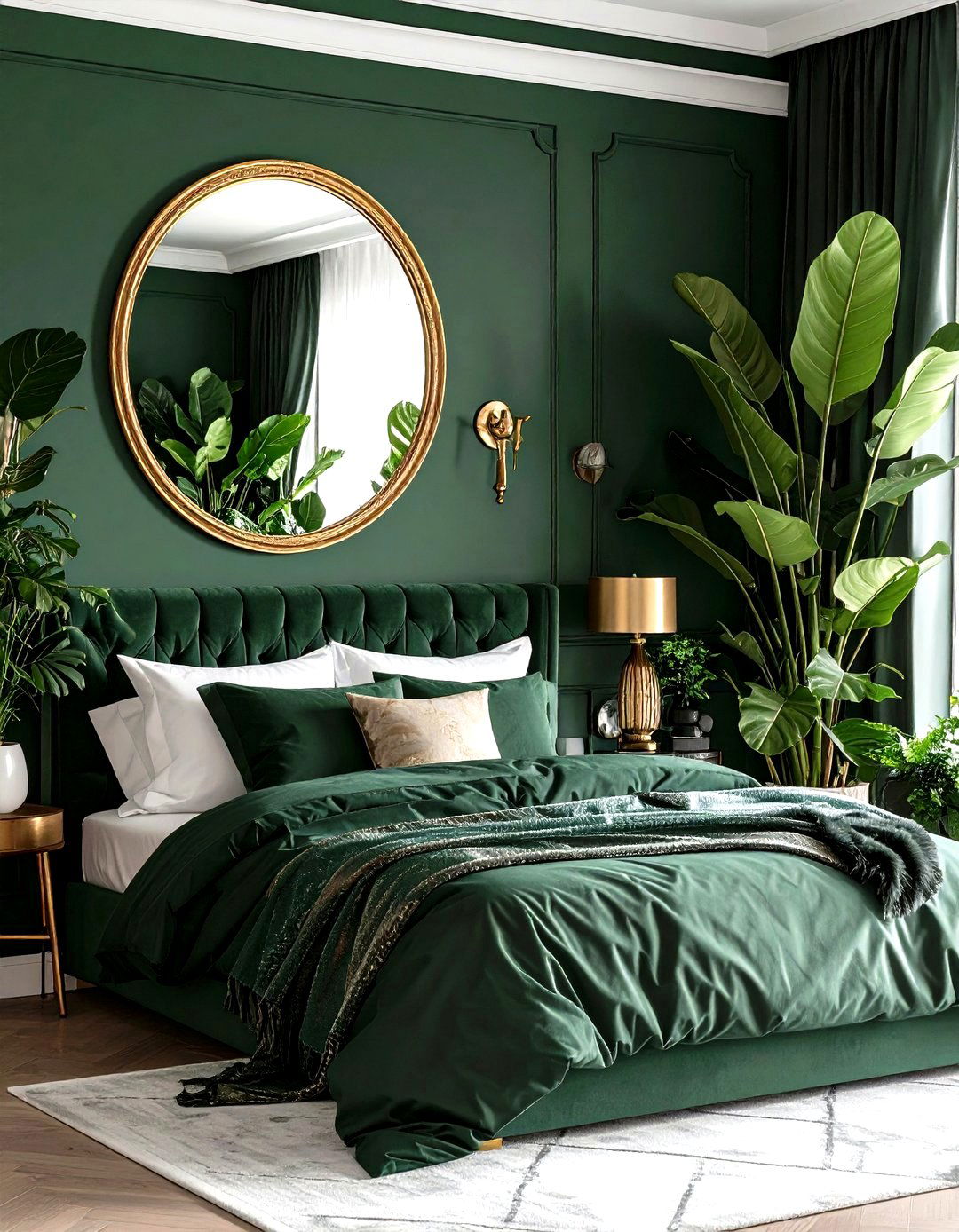
Leave a Reply